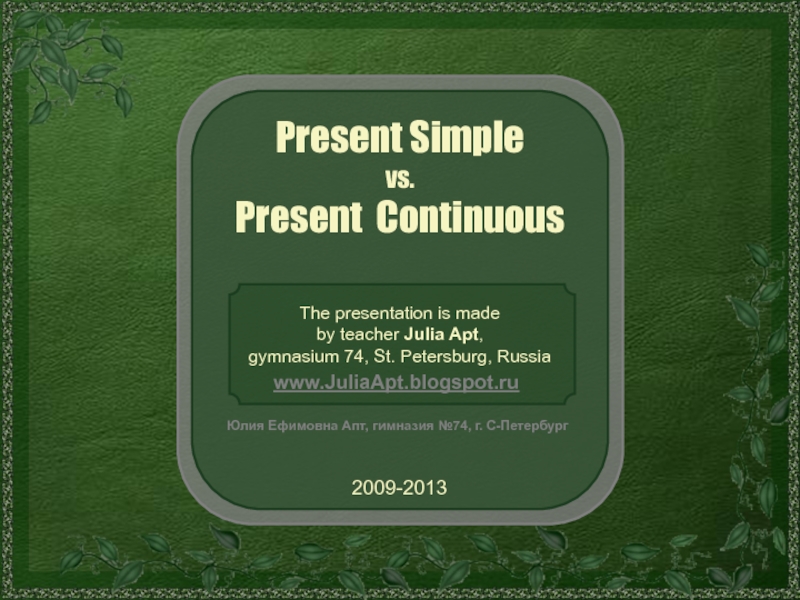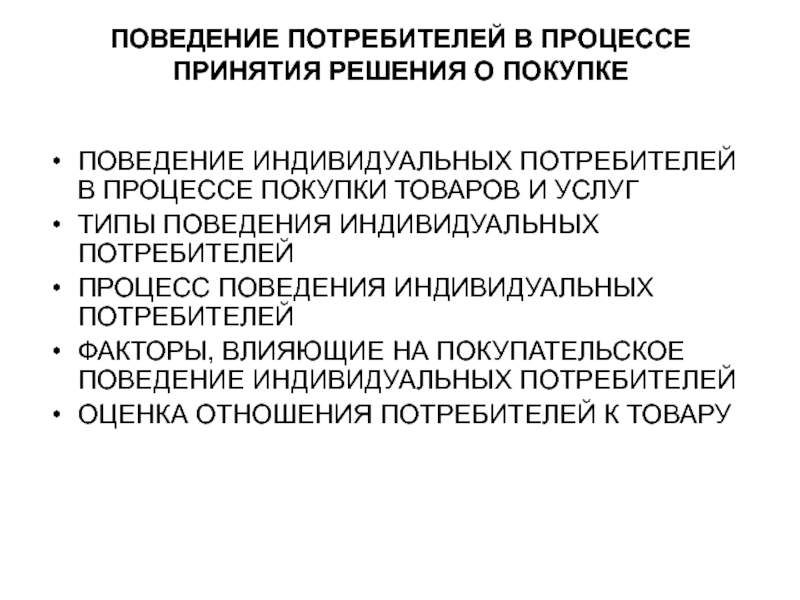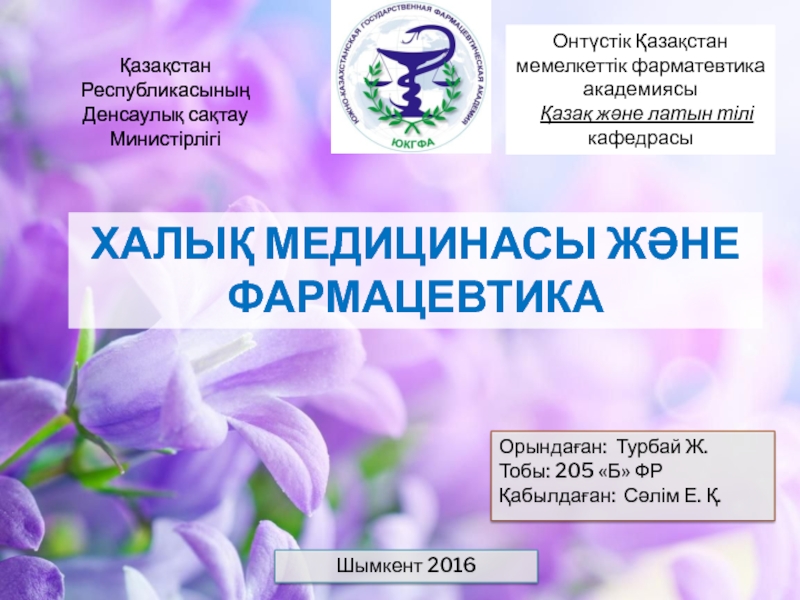Слайд 1Modern English Lexicology
Course Structure
Слайд 2Timing
10 lectures
7 seminars
consultation
exam
Слайд 3Basic Topics
Etymology
Morphology
Word Formation
Semasilogy
Meaning
English Vocabulary as a System
Слайд 4Basic Topics
Synonyms, antomyms, etc.
Free Word Groups
Phraseology
Regional Variants and Dialects
Lexicography
Lexicological Analysis
Слайд 5Exam Structure
2 theoretical questions
lexicological text analysis
Слайд 6Literature
Akhmanova O.S. Lexicology. Theory and method. – M.: Nauka, 1972.
– 340 p.
Anikeyenko I.G., Boitsan L.F. English lexicology: Seminars.
– K.: KNLU, 2006. – 110 p.
Arnold I.V. The English word. – M.: Prosveshcheniye, 1966. – 346 p.
Ganetska L.V. Lexi-maker. – K.: KNLU, 2004. - 80 .
Ginzburg R.S., Khidekel S.S., Knyazeva G.Y., Sankin A.A. A course in modern English lexicology. – M.: 1979. – 230 p.
Rayevska N.M. English Lexicology. – K.: Vyshcha shkola, 1979. – 335 p.
Амосова Н.Н. Основы английской фразеологии. – Л.: ЛГУ, 1963.
Арнольд И.В. Лексикология современного английского языка. – М.: Изд-во лит. на иностр. яз., 1989. - 351 с.
Кунин А.В. Английская фразеология. – М.: Высшая школа, 1970. – 344 с.
Мостовий М.І. Лексикологія англійської мови. – Харків, 1993.
Никитин М.В. Лексическое значение слова (структура и комбинаторика). – М.: Наука, 1983. – 200 с.
Харитончик З.А. Лексикология английского языка. – Минск : Вышэйшая школа, 1992. – 229 с.
Слайд 7Lecture 1. Lexicology as a Branch of Linguistics and its
Links with Other Linguistic Disciplines
Lexicology (Gr. lexis ‘word’ and logos
‘learning’). The subject-matter of L. – the word and its properties as the main unit of language. Word + word equivalents (ready-made set expressions) make up the vocabulary of a language.
Is word a nominative or communicative unit?
Слайд 8Functions of the word
Nominative (to name things, phenomena, properties, relationships,
concepts etc.
Referential (refers to things, objects etc.)
Deictic (pointing at
smth.)
Representational
Communicative?(Yes, if it is a one-word sentence)
Word – a two-faceted unit:
Слайд 9Morpheme – Word – Word-combination
Morpheme
Word
language unit language @ speech unit
smallest, indivisible, divisible into morphemes
not autonomous autonomous (can occur
in speech)
part of the word part of word combination
and free word-group
Слайд 10What does it mean “ to know the word?”
its meaning(s)
structure
(morphological, synthetic, semantic)
word combinations (set expressions)
functions
spelling
sound form (pronunciation)
grammatical valence (being
a notional or auxiliary part of sentence)
Слайд 11Problems of lexicology
essential character of LU, definition of the word;
systemic
description of vocabulary;
regularities of evolvement, development and
functioning;
4) semantic analysis of the word, components of meaning;
5) word building, morphemic structure and derivational potential;
6) classification of words;
word as a structure and system;
combinability of words, free and set word groups (idioms);
classification of words;
how words are kept in our memory (in association? access to words on the whole or to its parts?) etc.
Слайд 12Methodological Approaches to Word
diachronic: the focus of historical lexicology (deals
with the evolution of word-stock, origin, change and development of
words, linguistic and nonlinguistic factors modifying their structure, meaning and usage);
synchronic: makes the focus of descriptive lexicology (deals with the vocabulary at a given stage, with morphological and semantic structures of words) (first distinguished by the Swiss philologist F. de Saussure);
structural: word as a morphological structure (morphemes, allomorphs, productive/nonproductive, etymology of morphemes), synthetic structure (word formation: one-root words, compound words, derivatives, derivational compounds) @ semantic structure (semantic changes, transformation of meanings, metaphor, metonymy, polysemy);
systemic (word as a system): vocabulary (native and loan words), lexico-semantic groups (parts of speech), semantic fields, thematic groups, morphological groups (word families, e.g. dog-doggish-doglike etc.)
Слайд 13Approaches to Classification of words
Approaches and principles of classification (grouping)
are various according to:
grammar
structural
morphological
semantic
stylistic
territorial and other properties
f) notional
– auxiliary words;
g) word-families – ‘гнізда слів’
Слайд 14Linguistic relations between words
Syntagmatic ( SR between words are
linearly ordered and depend on context, i.e. a stretch of
speech sufficient to determine the meaning of a polysemantic word. SR are studied by contextual, distributional, transformational and other types of analysis);
Paradigmatic (PR between words are vertically ordered. PR determine the vocabulary system and deal with a) interdependence of elements within words and b) interdependence of words within the vocabulary.
Слайд 15Links with other linguistic branches
with Ggrammar: “s” – lexicolization
of the gr.form (colours, advices - ‘info’, customs, damages –
‘compensation’, tights)
Word building via conversion – word has other gr. paradigm: look - to look, mother – to mother
Gr. context becomes valid for the meaning:
She took a book (V+N)
She took to thinking/travelling (V+Gerund)
She took me to be asleep (V+ obj.with he Infinitive)
You were late. I took it. (V+ Pron.)
BUT: to smoke a cigarette
to smoke fish (meat)
the table is round
the table is rich
Flying planes can be dangerous
( meaning is ambiguous, Gr. Context here is powerless).
Слайд 16with Phonetics. Meaning depends on:
stress (rebel - rebel, object
– object , )
I can’t eat anything –
I can’t eat anything
a ‘dancing ‘girl (Participle I) – a ‘dancing girl “dancer”
length (beach - bitch, seat - sit)
voiced/voiceless consonants (said – sat, head - hat)
Intonation (You are too clever – with positive / negative connotation)
with Stylistics for it studies lexicological problems of meaning, synonymy, differentiation of words according to the sphere of communication
Слайд 17Methods of research in lexicology
Method of opposition
Method of distributional analysis
Method
of combinatory analysis
Method of contextual analysis
Method of constituent analysis
Method of
derivational analysis
Method of morphemic analysis
Method of IC and UC constituents
Method of synchronic and diachronic analysis
Method of SA (speech act) аналіз
Method of frame analysis
Слайд 18Method of Oppositions
Protagonist - Rus. Scholar Trubetskoy
The theory is based
on the idea that opposition is possible only if there
are similarities and differences between its components. Similarities – for doing comparisons, differences – for contrasting and finding out differentiating features. Hence any opposition has a distinguishing feature.
:: - a sign of opposition
Types of opposition:
binary: availability/ unavailability of the distinguishing feature
gradual : members differ in the degree of intensity: affect-torment-torture (різний ступінь інтенсивності страждання);
Equipollent: quality differences, e.g. kid ‘козеня’ :: kid ‘лайка’ (шкіра) – (a case of metonymy)
kid ‘козеня’:: kid ‘дитина, маля’ - (metaphore)
girl :: maiden (poetic) :: lass (Scot.) – stylistic synonyms
The method is effective for classifying words.
Слайд 19Distributional analysis (DА)
Originates from structuralism.
Distribution – environmental location/position of the
word, its combinability with other words. Classes of words are
marked by letters ( make up distributional formulas).
make+N - make a coat
make+(the)+N+ V - make the machine go;
make + A - make sure
make+ A+N+for+N - make a good wife for him
Distributional formulas are effective for classifying examples, revealing variations, functioning, combinability.
Widely used in Lexicography (Hornby) and Applied Linguistics (Palmer, Perebiynis)
Слайд 20Valent analysis (VA)
VA (Lat. valentia ‘power’) was introduced in 1948
by Ru. Katsnelson, Stepanova, Leykina
VA – combinatory ability to enter
into relations with other words in sentence.
Monovalent words: fall, drown ( cf.: Ukr.падати, тонути)
Divalent words: to find, to catch (Ukr. знаходити, ловити)
Multivalent words: to give, to present (Ukr. давати, дарувати)
Is applied in word-building, discovering interference of denotative and connotative shades of meaning.
Types: inner (in word formation) and outer (word valency).
Слайд 21Contextual analysis (CА)
(London School: B. Malinovsky, G. Ferth): “The word
and utterance are situationally and socially dependent ”.
Types of
context: Lexical,
Synthetic
Morphemic
Mixed
CA takes into account the setting, speech situation, social roles, background knowledge of speakers
Слайд 22Componential Analysis
Distributional, contextual and valent analysis are based on syntagmatic
relations between words. Componential analysis – on paradigmatic relations in
the system of language. This is the method of revealing the semantics of words.
Seme – semantic component of the word, elementary component of meaning of the word.
The founders of CA – American anthropologist F. Goodenough and W. Laundsberry (on Amerindian kinship terms);
The followers– G. Kartz, G. Fodor, E. Nida, G. Lakoff, Y. Apresyan, I. Arnold. Y. Karaulov and others.
The Principle of CA – in Thesaurus dictionaries (words are arranged according to the meaning and thematic groups).
Слайд 23Sememe (Gr. Sema) (meaning of morpheme - L. Bloomfield) -
is easily distinguished by native speakers of English, e.g. hum
– ‘a continuous murmuring sound’ has two sememes: [sound] and [continuance], in its turn murmur– ‘a low continuous sound, vague or indistinct’ gives two more sememes [not loud] and [not clearly]. All in all – 4 semes
Hierarchy of semes:
– Classeme – categorial seme
– Hyperseme – thematic seme
– Marker – descriptive seem
– Distinguisher – identifying seme, e.g.
Spinster: ‘never married’ – distinguisher, ‘woman’ – marker, noun] – seme of category
Слайд 24Derivational synthesis and Morrphemic analysis
Communication is a synthesis and analysis
of nomination (theory of word-formation and morphemics)
Speaker: Makes synthesis, creates
new word on the given basis.
Listener: Analyses the components of words and decodes them. DS – position of speaker, MA – position of listener
DS and МА - one object but different aims.DS – analysis of word building structure: affixation, conversion etc. МА – morphemic structure (IC, UC)
Слайд 25Synchronic and diachronic Analysis
(SА @ DА)
SA – at the given
stage of development, is based on the comparison and contrast
with other lexical units of the same lexical system for finding out similarities and differences, for finding the place of the word and its components in this system (e.g. its morphological segmentation and comparison of the affixational morpheme with the root morpheme as a derivational and productive stem).
DА – word on different stages of its development (e.g. division of the word on the earlier stage of its development,its etymology: ill-tempered (e.g. Scan. illr ‘bad’ + Lat. tempero ’to cool, to mix’ + Eng. – ed )
Слайд 26Lecture 2. Etymology
What do you think etymology is?
What approach should
be taken to study etymology of English vocabulary: synchronic or
diachronic?
words of Indo-European stock
Native
words
words of Common Germanic
stock
A native word is of Anglo-Saxon origin brought into English in the 5th century by the Germanic tribes (the Angles, Saxons @ Jutes)
Слайд 30Words of Indo-European vocabulary
a) the names of celestial bodies : "sun"
(Germ. Sonne, Icelandic sol, Lat. sol, Rus. солнце, Ukr.
сонце); "moon“ (Germ. Mond, Lat. mens, Gr. Mene, Rus. месяц, Ukr. місяць);
b) names of natural phenomena @ substances: "wind" (Germ. Wind, Ukr. віmep; "water” (Germ. Wasser, Ukr. вода, Gr. hydra, Lat. Unda);
c) words expressing close family relations: "father" (Germ. Vater, Gr/Lat. pater, Sanskrit pitar), "mother“(Germ.Mutter, Ukr. мати, Lat. mater), "brother“ (Germ. Bruder; Ukr. брат, Latin frater); "sister“ (Germ.Schwester, Ukr/Rus. сестра , Lat. soror);
d) names of people & some parts of the body: "Man" (Germ. Mann, Sanskrit -Mann); "nose" (Germ. Nase, Rus/Ukr. нoc/ніс, Lat. nasus);
e) names of some animals: "mouse" (Germ. Maus, Rus. мышь, Lat. mus);
f) some numerals: ”one” (Germ. ein; Ukr/Rus.один, Latin unum, "two" (Germ. Zwei, Ukr/Rus. два, Lat. duo), "three“(Germ.Drei, Rus. Ukr/Rus.Три, Lat. tres);
g) names of some kinds of trees and the word "tree" itself (Ukr/Rus. дерево, Gr. drus, Sanskrit dru ).
Words of Common Germanic Group
name:
natural
phenomena: "rain“ (Germ. Regen, Dutch Regen),
seasons: "Summer" (Germ. Sommer), "winter“ (Germ. Winter);
d) objects of surrounding nature: "wood" (Old Germ. Weter; Old Norwegian- vitur), “field” (Old Eng. feld, Germ. Feld; Old Dutch veld);
principal colours: "blue" (Germ. Blau, Swedish bla);
trees, plants, fruits: "oak" (Germ. Eiche), “grass” (Germ. Grass);
household articles, domestic animals, birds: "house" (Germ. Haus),"bed" (Germ. Bett), "hen" (Germ. Hahn);
food products: "bread" (Germ. Brot), "milk" (Germ. Milch);
h) parts of the body: "hand" (Germ. Hand), "finger" (Germ. Finger);
some adjectives: "good" (Germ. Gut), "small" (Germ. schmall);
k) many verbs, including all strong verbs: “fall" (Germ. Fallen), "bring“ (Germ. Bringen), "drink" (Germ.Trinken);
N.B. !!!
Here belong structural elements which form the basis of the lang.: articles, pronouns, prepositions, conjunctions, auxiliary and modal verbs
Слайд 32Basic structural elements of English
Articles: a, an, the
Pronouns: I, he,
she, we, you
Propositions: at, on, if, by
Conjunctions: and, which, that,
but
Numerals: one, ten, fifty, the third
Modal and auxiliary verbs: be, shall, will
: I
Слайд 33Thus etymologically, conceptually and grammatically English remains Germanic.
Words of Germanic
origin have the greatest currency in everyday speech.
3) Words which
are used only in English are not numerous: bird, girl, bad, boy, black, blue and some others.
Слайд 34Features of native word-stock:
1) a wide range of lexical and
grammatical valency;
2) high frequency value;
3) a developed polysemy;
4) are
mostly monosyllabic;
5) show great world-building power;
6) enter a number of set expressions, e.g., "watch" is one of the 500 most frequent English words:
Word-family: watch-dog, watcher, watchful, watch-out, watchword, etc.
Some set expressions: be on the watch, keep watch, watchful as a hawk.
A proverb: The watched pot never boils (сf. Ukr.‘ Хто над чайником стоїть, в того вода не кипить’), (Rus.’ Когда ждешь, время долго тянется)‘
Слайд 35Borrowings
Borrowings (loan-words) are conditioned by direct linguistic contacts and political,
economic and cultural relationships between nations. A loan-word is taken
from another language and is modified in phonemic shape, spelling, meaning or paradigm according to the standards of English.
Apart from words word-building affixes were borrowed (e.g. -able, - ment, - ity etc. )
Слайд 36Borrowings are due to such events:
the Roman invasion
the introduction of
Christianity
the Danish and Norman conquests. And in modern times
active contacts with countries worldwide (in modern times)
Features
Are used in the written style of speech
Are more abstract, bookish and terminological
The process of borrowing foreign words is active and productive in Mod.E. and is one of the sources of enriching the English vocabulary.
Two different terms should be distinguished here:
1) source of borrowing (the l-ge from which the loan word was taken into English) e.g. Eng. table < Fr. table
origin of borrowing ( refers to the l-ge to which the word may be traced), e.g. table Fr. < table < Lat. tabula or
Elephant < Egyptian < French < English
Слайд 37Types of borrowings
Translation-loans – words and expressions formed from the
material available in English but according to foreign patterns (cf.
Rus. стенная газета – wallpaper, Fr. Cela va sans dire – ‘i t goes without saying’)
Semantic borrowing - a word acquires a new meaning, e.g. pioneer ‘first’ > ‘a member of the young pioneer organization’ or preserves one of its meanings, e.g. cannon < Fr (a polysemantic word) < Eng. only ‘gun’, Fr. sport ‘pleasures, entertainment’ < Eng. sport only as ‘outdoor game and exercise’.
Barbarisms – not assimilated in any way and for which there are corresponding English equivalents (It. ciao – Eng. good-bye)
Слайд 39Assimilation of borrowings and their types
Three types are distinguished:
1) phonetic
(comprises changes in sound form and stress when /combinations of/
sounds alien to English conform to its norms): communique, café, coup d’ etat - /e/>/ei/, Germ.spitz /jpits/>Eng./spits/. The degree of assimilation depends on the period of borrowing - the earlier> the fuller assimilation (plate), later > as in French (regime, valise);
2) grammatic (change in paradigm): Fr.finir-finisson, Eng.finishes, -ed, -ing, but datum-data, criterion-criteria, crisis-crises etc.;
3) lexical, or semantic (narrowing of meaning – polysemantic > mono-semantic, acquires specialization, generalization or new meaning). It is a process of acquiring a currency not only in written but also in neutral and oral style of speech. Fr. cry, dean, image were religious terms, later – everyday words. Besides, the borrowed word begins to combine with native root and derivational morphemes and in this way forms hybrids: table-cloth, simple-minded, battle-field – the 1st component is Romanic, the 2nd – Germanic. In words by-product, outline – the 1st component is Germanic and the 2nd - Romanic
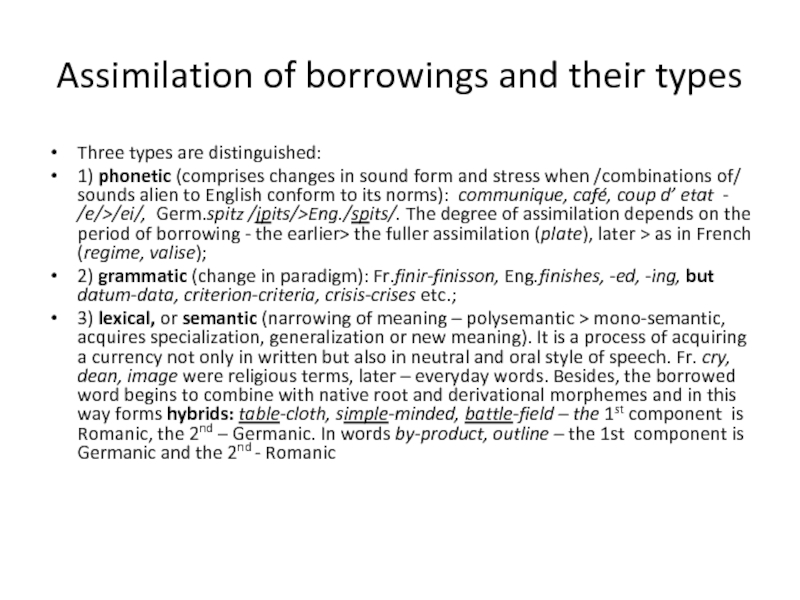
Слайд 40Degrees of assimilation
* Complete (undergo all types of assimilation);
* Partial (lacks one of the types of assimilation) which
are subdivided into:
a) not assimilated semantically – shah, rajah, bei, rickshaw, sherbet etc. denoting objects peculiar to the original country;
b) not assimilated grammatically – genius – genii, bacillus-bacilli, formula-formulae, index-indices;
c) not assimilated phonetically – machine, tobacco, camouflage, bourgeois
d) not assimilated graphically – ballet, buffet, bouquet, cliché etc
* Not assimilated at all (barbarism)– ciao, addio, affiche ( for placard), ad libitum ( for pleasure), bambino, tête- a-tête, Blitzkrig, bonmot etc.
Слайд 41Etymological doublets
These are two or more words different in form
but which go back, by different ways, to the same
original word. In many cases one and the same word was borrowed twice either from the same language at different periods of time or from different languages. This accounts for the existence of canal (Lat.) – channel (Fr.),balsam (Gr.) – balm (Fr.), skirt (Sc.) – shirt (Eng.). They differ to a certain degree in form, meaning and current use. In doublets whole and hale we find traces of OE dialects (‘healthy’, ‘free of disease’ - both > OE hāl, drag –draw both come from OE dragan).
Etymological doublets are divided into 4 groups:
Scandinavian-English doublets skirt - shirt, screech – shriek, scar-share, scabby-shabby - from OE and Scandinavian;
Latin doublets (Lat. discus – OE disc )
Native doublets ( dish < ME dish < OE disc);
Miscellaneous doublets ( Parisian Fr. chase and of OFr. origin catch, chieftan-captain, guard-ward, gage-wage (‘a stake’, ‘bet’). The total number ~ 1500
Слайд 42Periods of Latin borrowings
Early Latin loans (via Anglo-Saxon tribes who
were in contact with the Romans): cheese, street, wall, wine,
cup, mule, cook, pepper, dish, kettle, chest, pear, plum, beet, mile, mill, ass, colony et.
Later Latin loans, 6-7th cent. ( when converted to Christianity): altar, candle, chapter, feast, cross
The third period: a) Norman conquest in 1066 and Renaissance: animal, article, antenna, genius,stimulus, omnibus, nucleus, datum, index, series, species, alibi, item, maxi/minimum, superior, prior, senior, junior etc
The latest period of Lat. loans: (abstract and scientific terms): e.g. (exempli gratia), i.d.(id est –that is to say), a.m., p.m., AD, etc. (et cetera), cf. ( confer – compare), ibid. (in the same place), op.cit. (opus citatum – a work cited) , viz. (videlicet – in other words)
Слайд 43French borrowings
1) early loans – simple short words: age, air,
arm, boil, brace, breeze brush, cage, calm, car case, chain,
chance, change, chase, chief, clear, close, corpse, cry, capital, danger, final, mercy, probable, many juridical and military terms: court, crime, claim, justice, suit, judge battle, navy, soldier, troops, sergeant, prison
2) later loans – vocabulary of church and literature: blame, lesson, pray, service, tempt, novelist, publisher, magazine, editor, sir, madam; of cookery: jelly, fry, pastry, roast, sauce, toast; French endings: -able, -age, -ry, -age, - ess (drinkable, husbandry, sheperdess) etc.
Слайд 44Greek borrowings
Particularly in scientific terminology: analysis, botany, comedy, chorus, democrat/cy,
physics, dialogue, episode, epos, philology, philosophy, problem, rhythm, scene, tragedy,
scheme, ode, psychiatry, pediatrics, gymnastics,adenoids etc
In linguistics: antonym, archaism, dialect, idiom, etymology, euphemism, homonym, homophone, lexicology, metaphor, metonymy, neologism, polysemy, synecdoche, synonym
Слайд 45Scandinavian borrowings
‘k’ before ‘e’, ‘i’, e.g. keg, kid, cake etc.
‘sk’:
scare, skin, skirt, sky , score, skull, scant
Nouns: anger, bull,
by-law, calf, crop, egg, wing gate, guest, fellow, knife, root, sister, window
Adjectives: flat, ill, low, loose, meak, odd, ugly, rotten, wrong etc.
Verbs:bask, cast, call, drown, die, droop, gape, guess,thrust, get, give, take, want, raise etc.
Pronouns: same, they, their, them
Слайд 46Celtic loan-words
Place-names: Avon (Celt. ‘water’), London (
down -‘hill’; bin – ’a chest for corn’ ; dun
– ‘colour’; budget, career, clan, flannel, mackintosh, plaid, tunnel
Слайд 47Lecture 3. Word-building / Word- formation in English
Topics for discussion
Morphological
structure of a word.
Morpheme vs. word.
Principles of morphemic analysis (into
immediate constituents – IC and Ultimate Constituents - UC)
Types of morphemes: the root morpheme
the affixational morpheme
free and bound morphemes
allomorphes
monomorphic/polymorphic words
Structural types of words: simple, derived, compounds
Слайд 48Word-formation (W-F)
W-F is the process of creating new words from
the material available in the language according to certain structural
and semantic patterns. Word – a principal , basic unit of the language system, the largest on the morphological level (within paradigmatic relations) and the smallest on the syntactic level (within syntagmatic relations)
Слайд 49Word as a sign
Word as a sign is a two-faceted
unit possessing form @ content, that is physical (sound or
visual) form @ meaning.
Morpheme is the smallest meaningful indivisible two-faceted linguistic unit.
Word = root morpheme (+ affixes)
Root-morpheme is a semantic nucleus of a word, has no grammatical properties.
Слайд 50Morphemes
Free morphemes coincide with word-forms (boy-friend, pen-holder, fancy-ball, dress-maker)
Bound morphemes
do not coincide with separate word-forms (theor-y, theor-etic-al, horr-or, horr-ible,
horr-ify, tele-graph, tele-scope,micro-phone)
Pseudo-morphemes: retain, detain, contain, receive, conceive, deceive, perceive
Allomorphes are phonemic variants of the morpheme: please, pleasure, pleasant
Semi-affixes (intermediate position // roots and affixes: well-, self-, -man, ill-, half- etc.)
Слайд 51Affixational morphemes
Affixational morphemes include a) inflections @
b) derivational morphemes
Inflection is
an affixal morpheme which indicates grammatical relationships: number
(-s,-es), case
(’s), gender (lioness ), tense (-s, -ed)
Inflections have only grammatical meaning, are used to make word-forms.
Derivational morpheme is affixal which when added to roots or bases modifies the lexical meaning of the word and changes its function.
Affixation – the formation of words by adding derivational affixes.
It is divided into suffixation @ prefixation, i.e. derivational affixes – suffixes @ prefixes.
Suffixation is used for creating nouns and adjectives,
Prefixation – for creating verbs
Слайд 52Dead and Living Affixes
Dead affixes are those which are no
longer perceived as component parts of words, they have fused
with the stem of the word and lost their independence completely. They can be singled out only etimologically (- d in deed, seed)
Living affixes are easily singled out from words
-ness, -less, -dom, -hood, -able. –ible, -ly, -ful etc
Слайд 53Monomorphic @ polymorphic words
Monomorphic words are root-words, simple words, consist
of one root: boy, girl, son, blue
Polymorphic words –
one root-morpheme + derivational morpheme(s): acceptable, unfriendliness, changeability, husbandhood
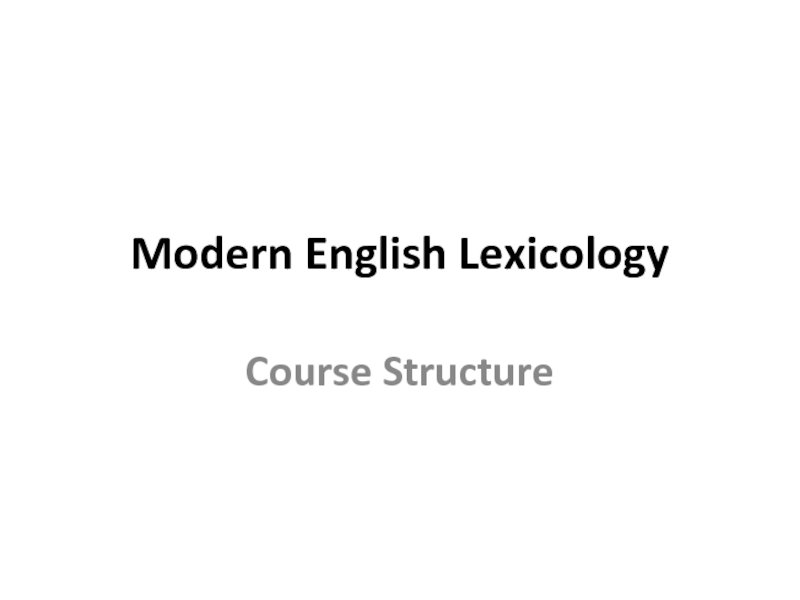
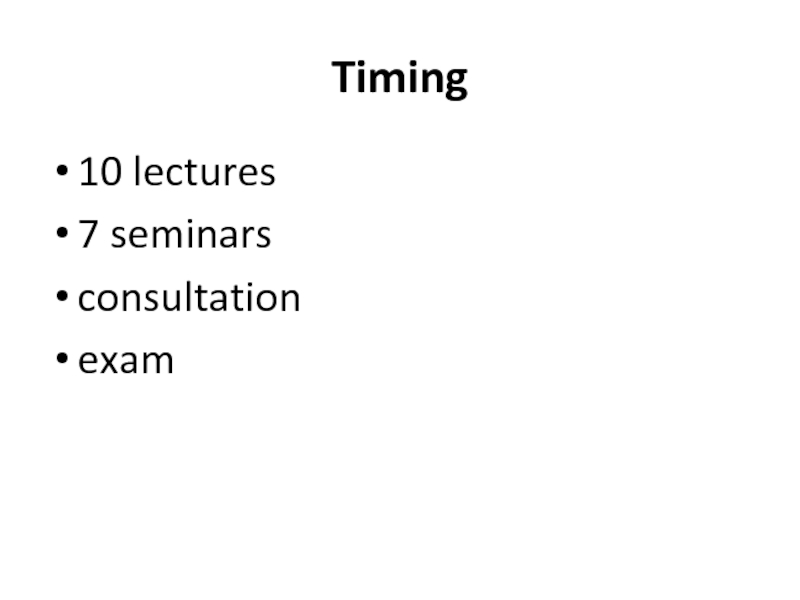
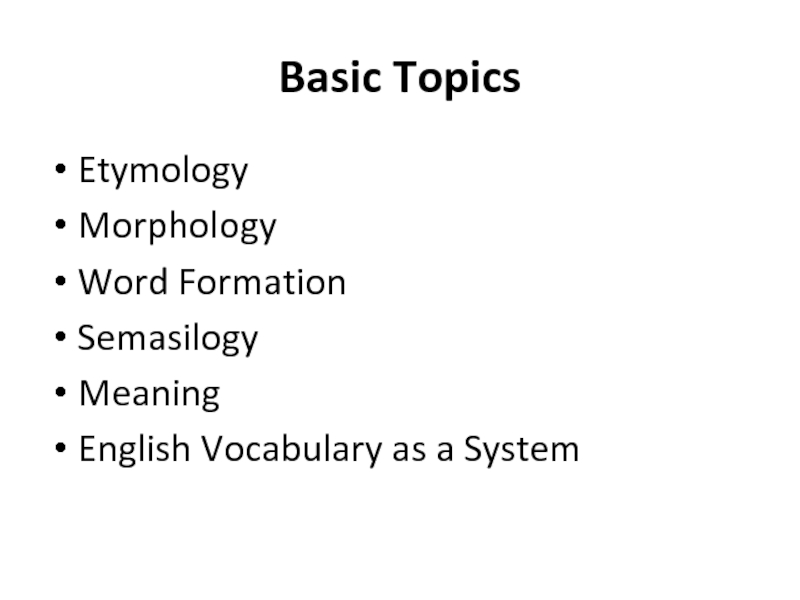
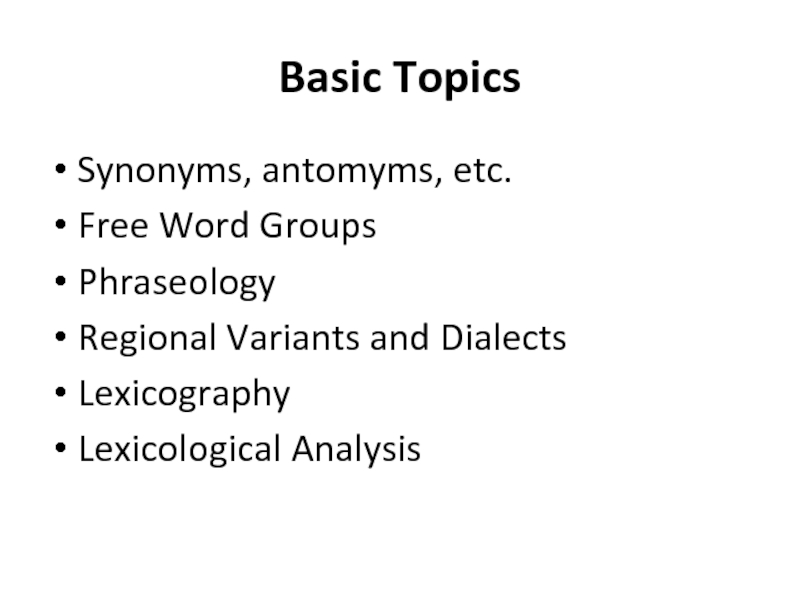
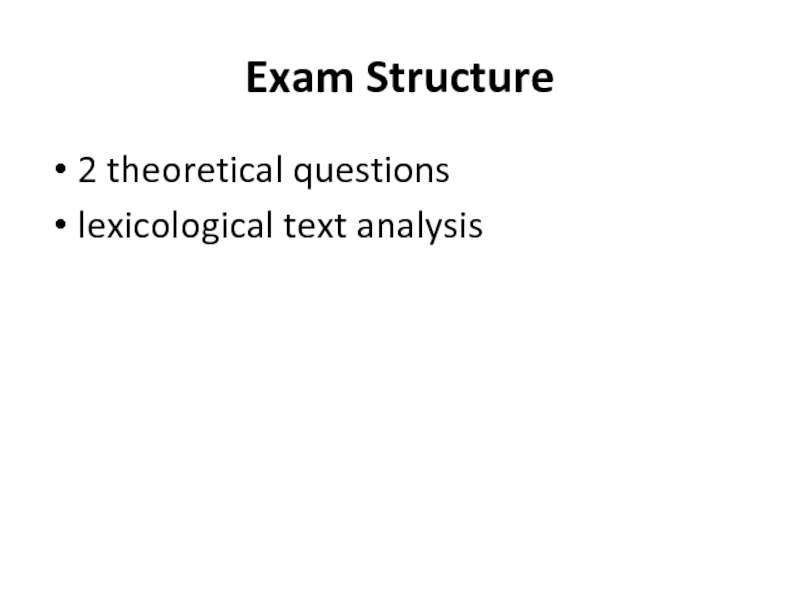
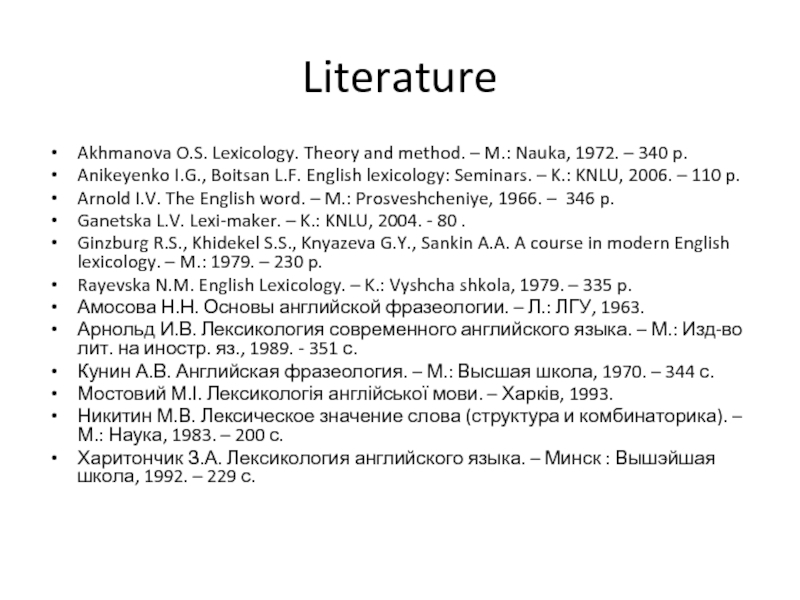
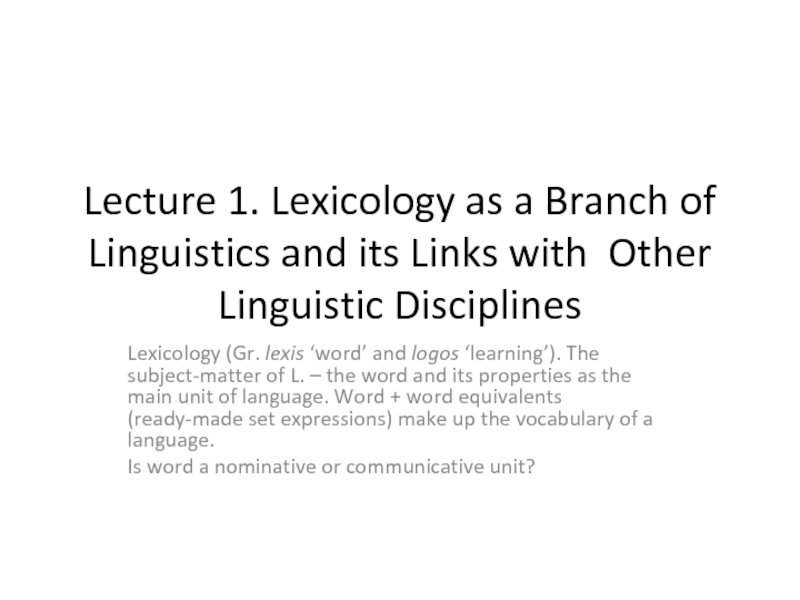
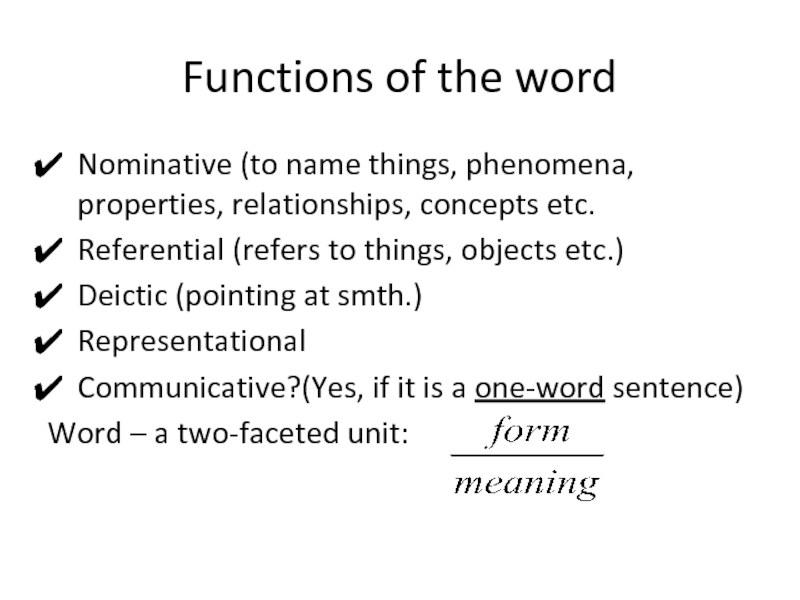
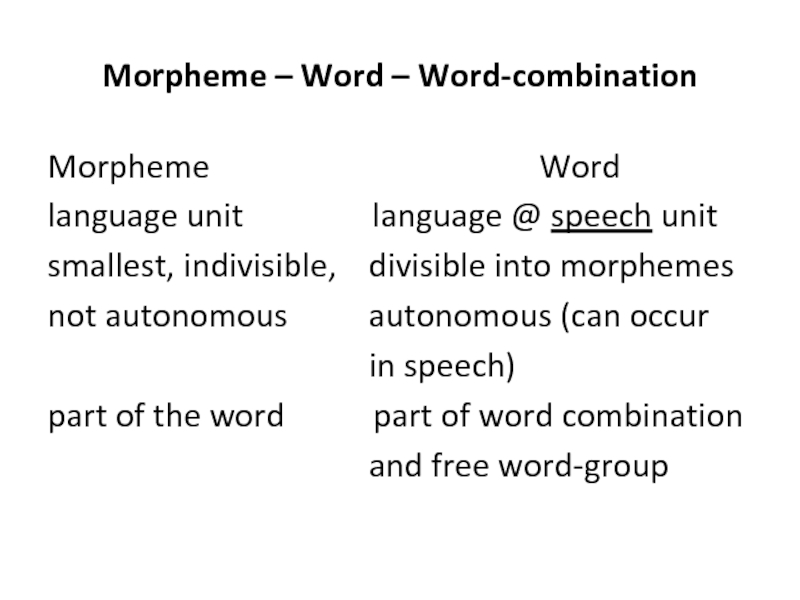
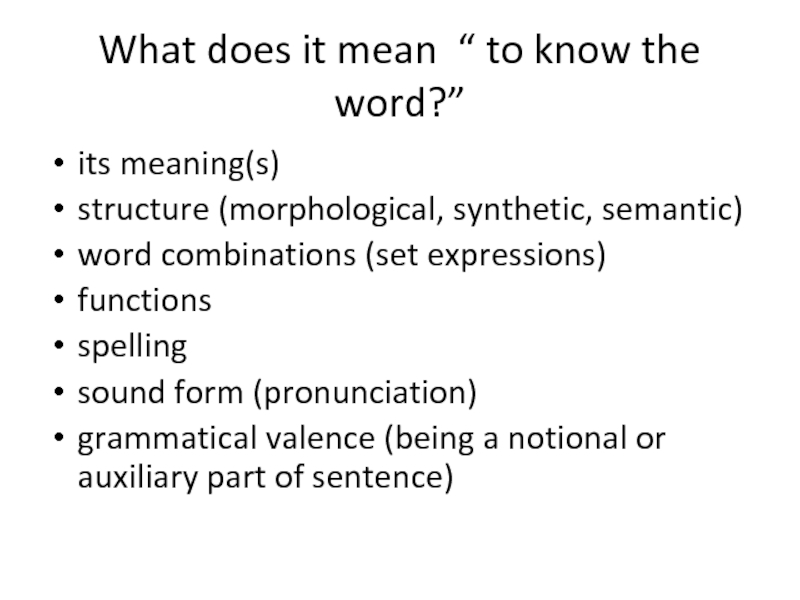
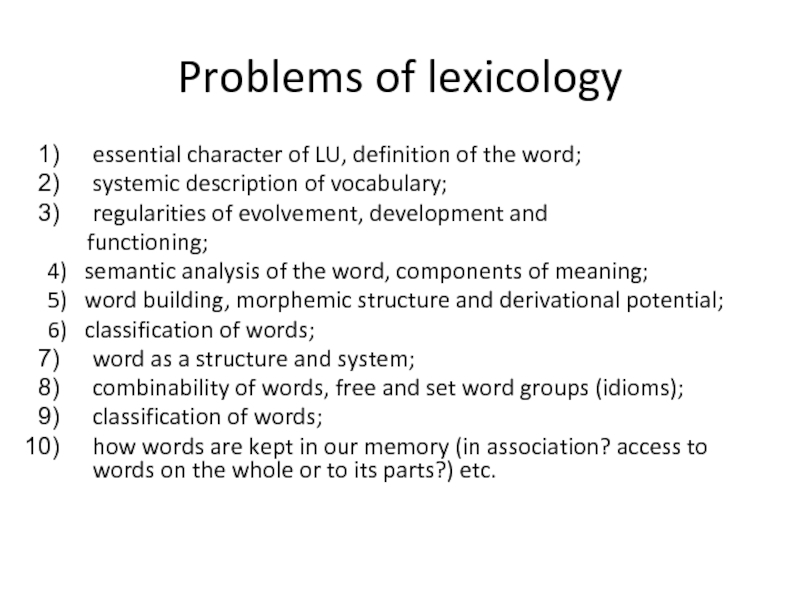
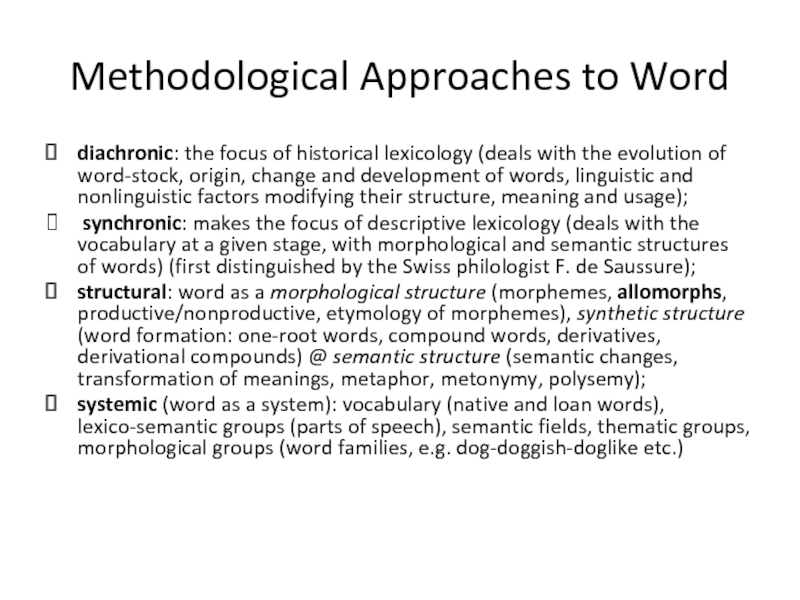
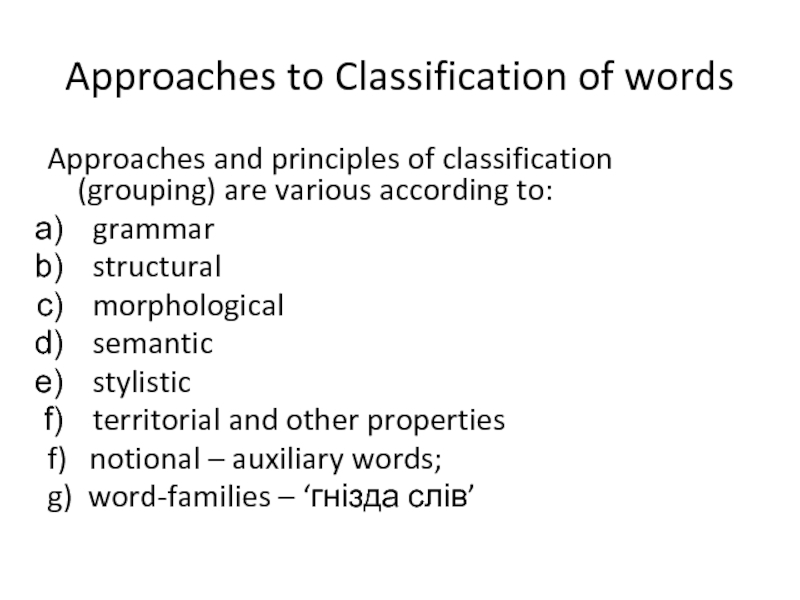
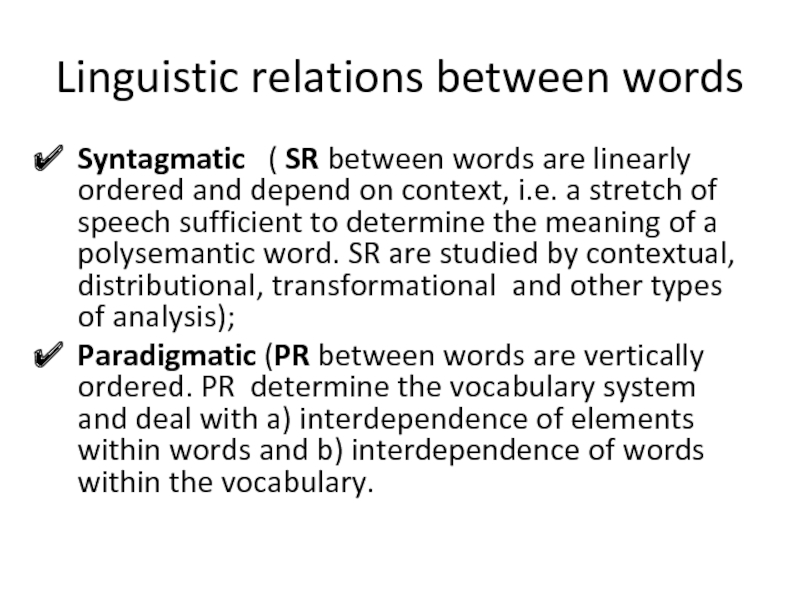
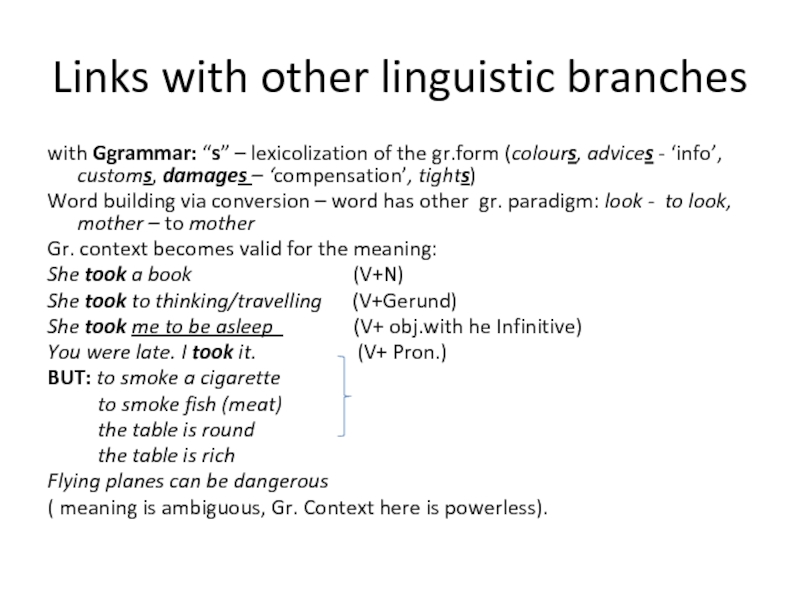
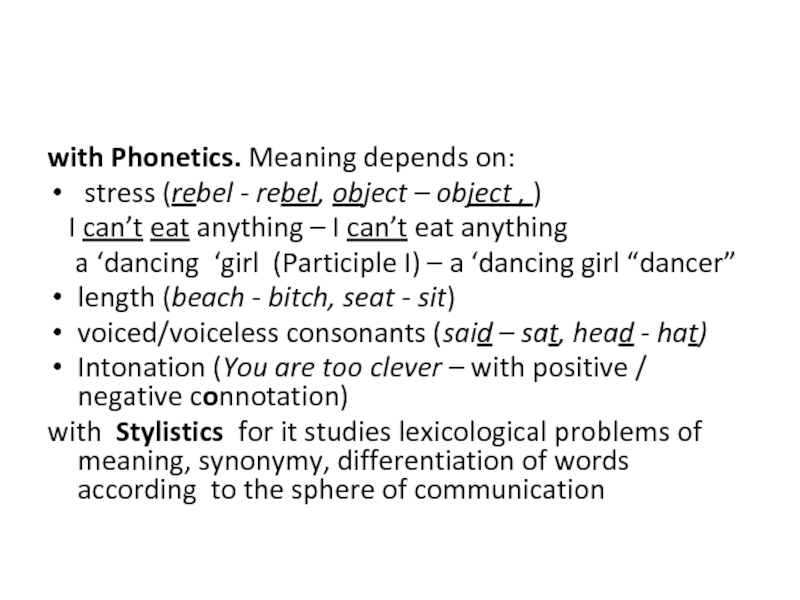
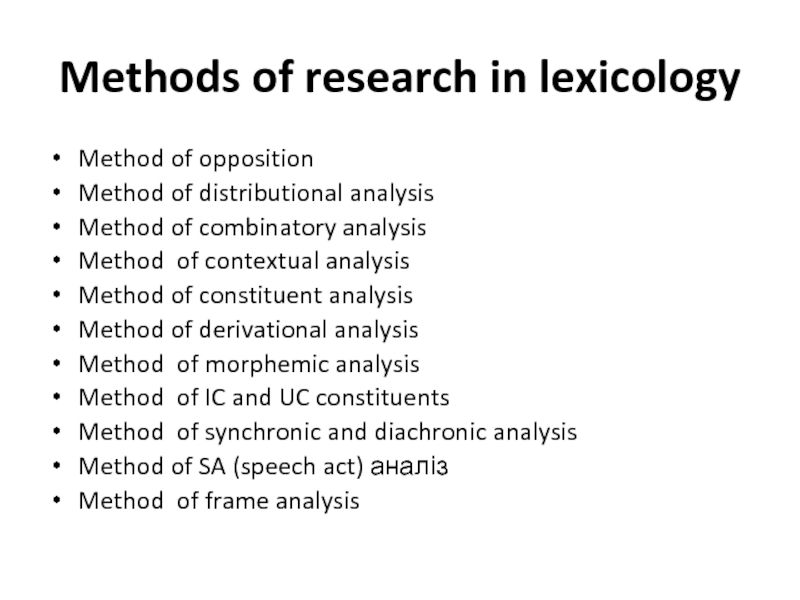
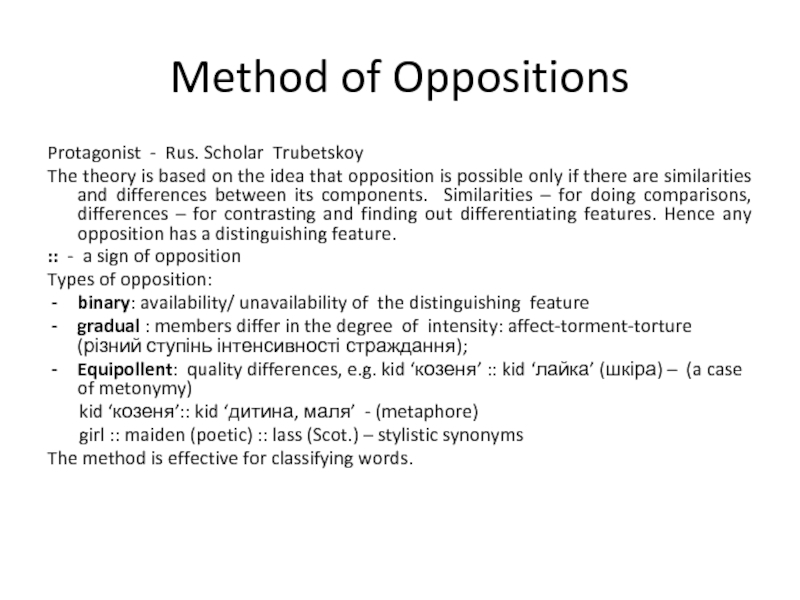
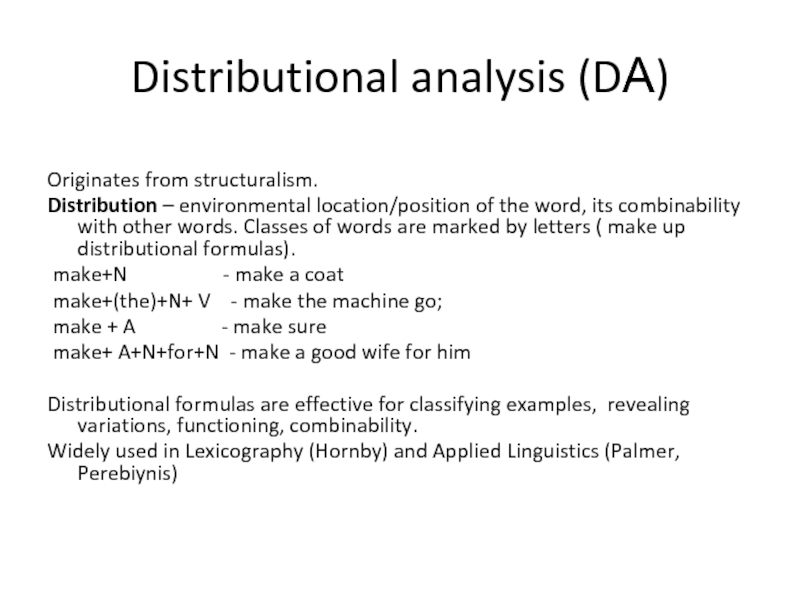
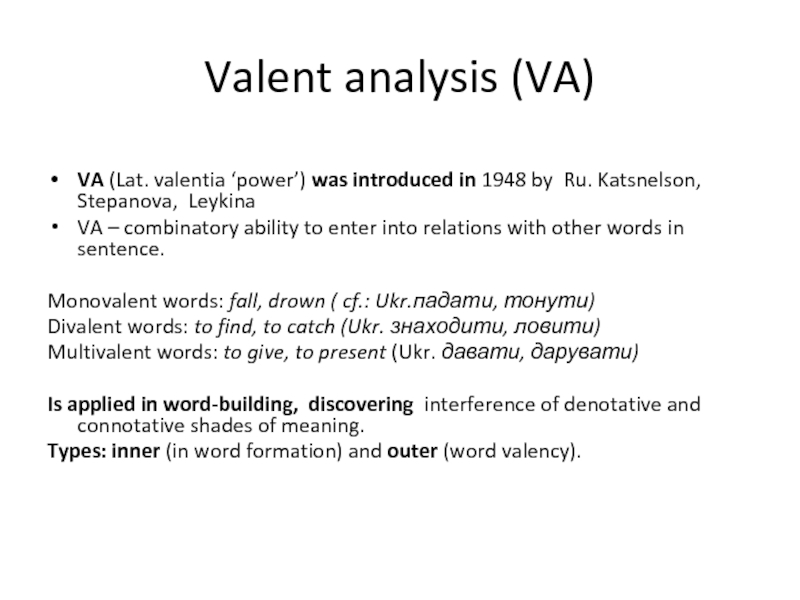
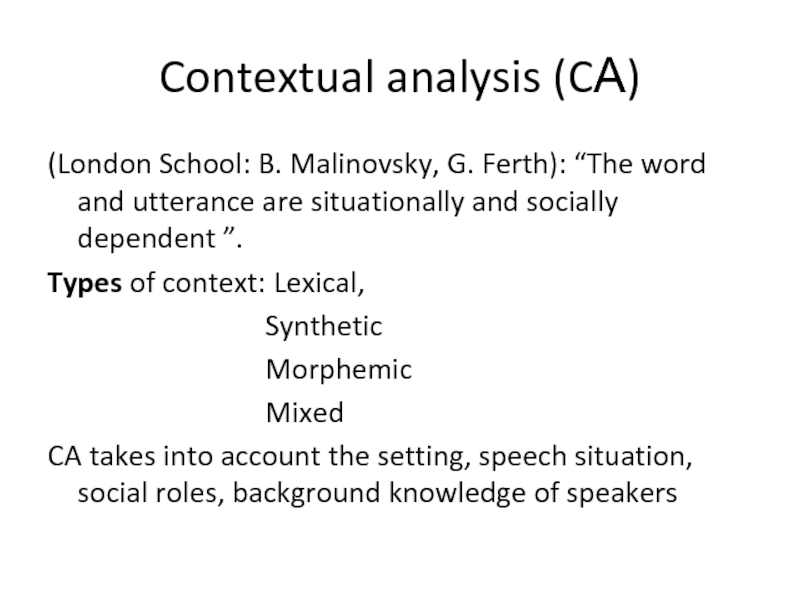
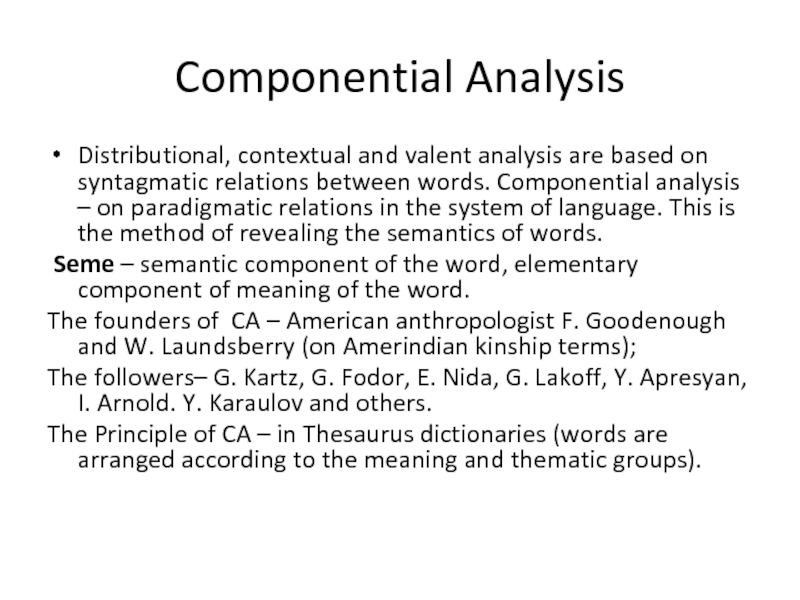
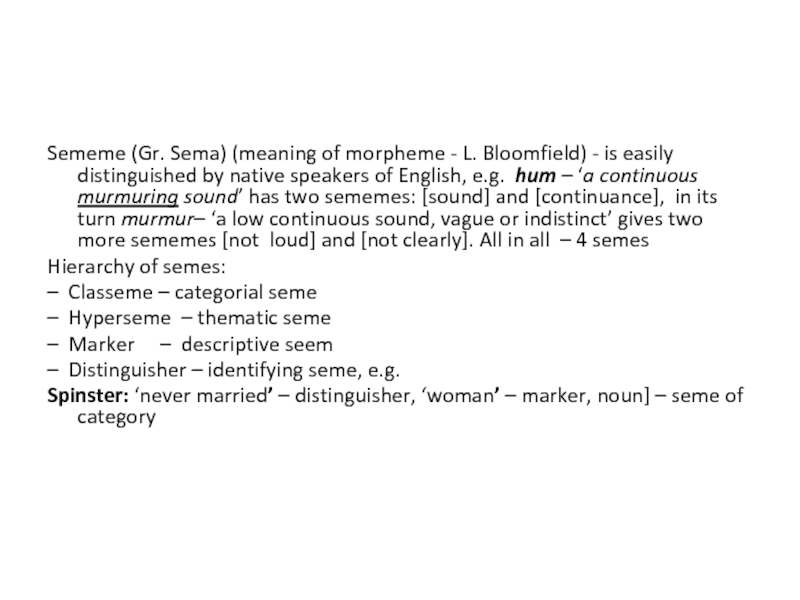

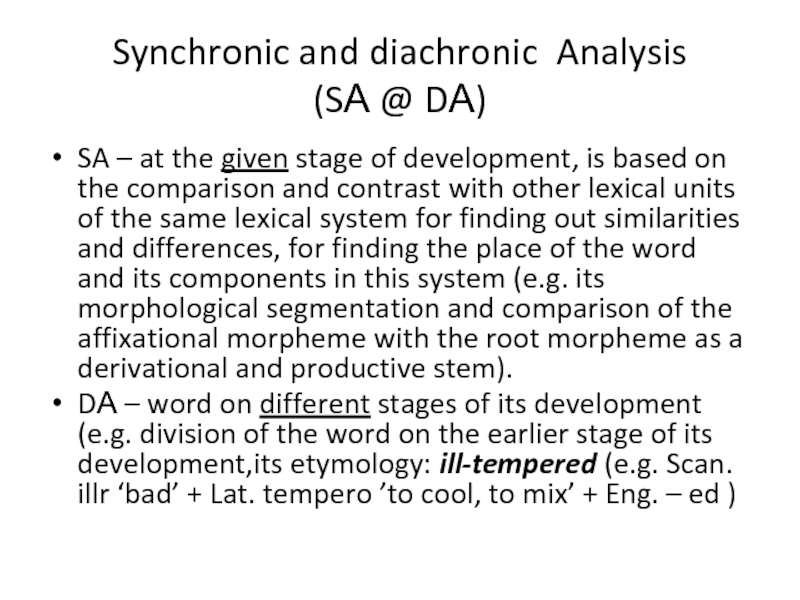
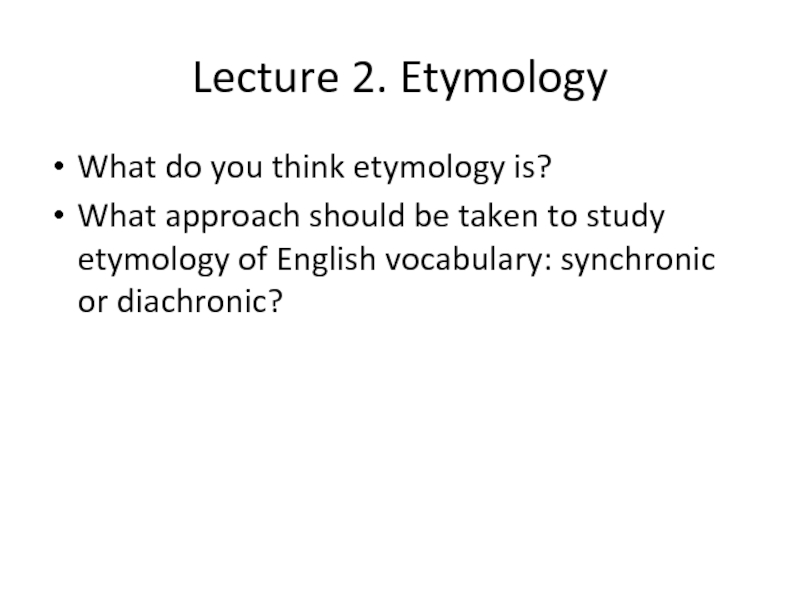
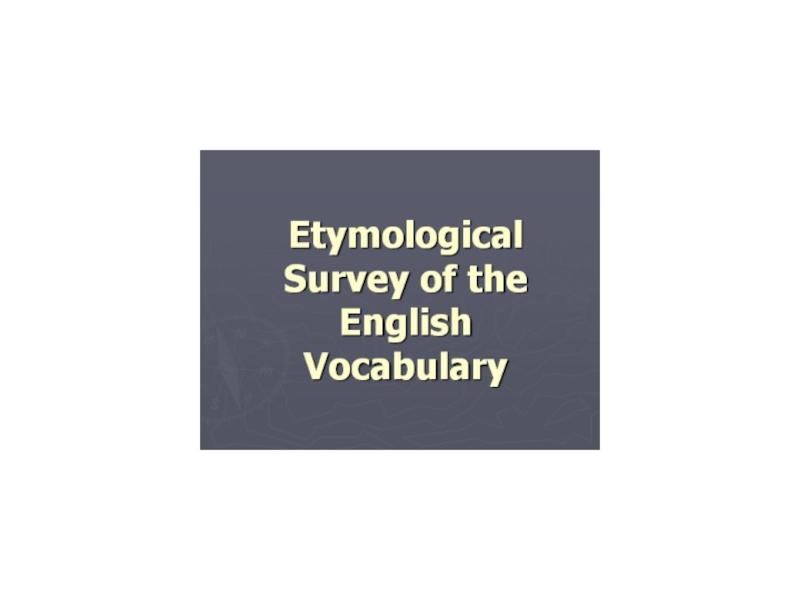
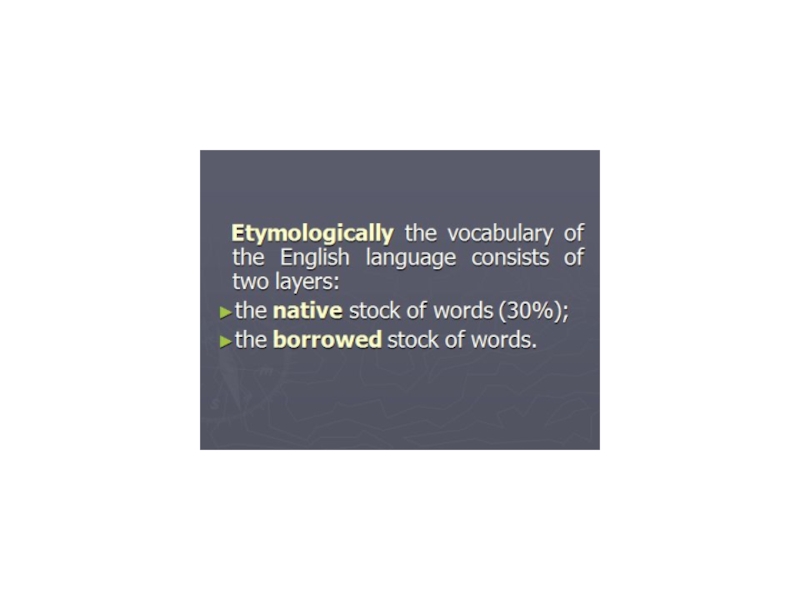
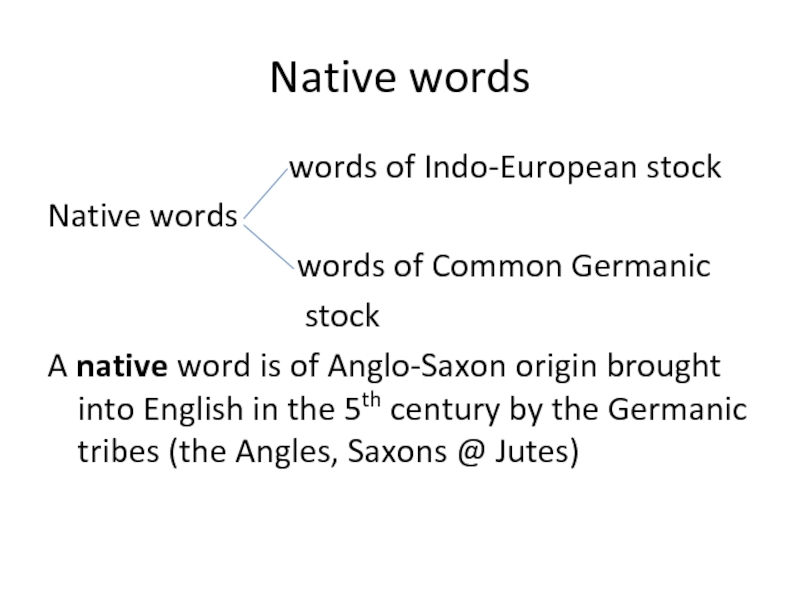
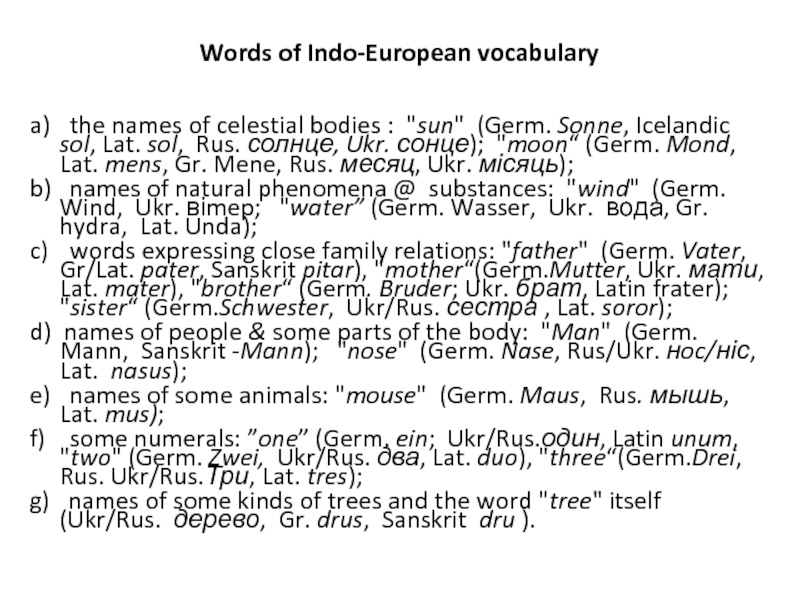
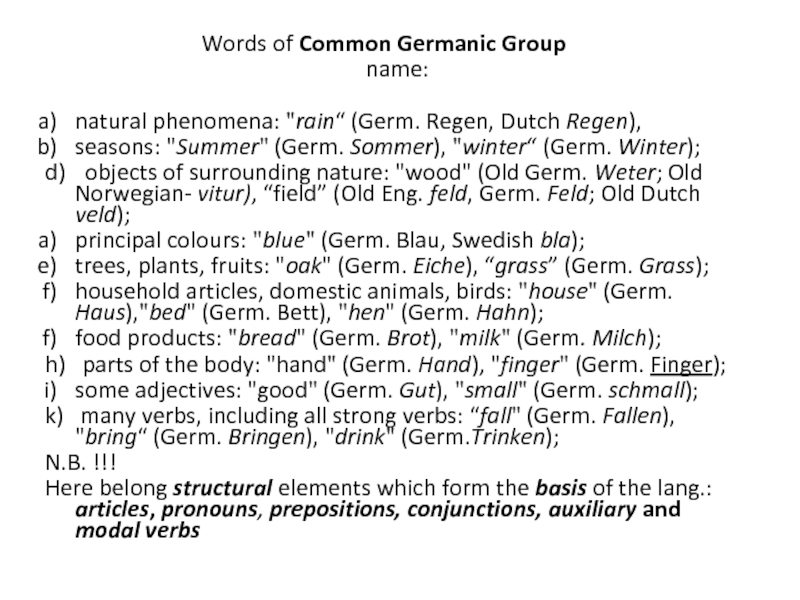
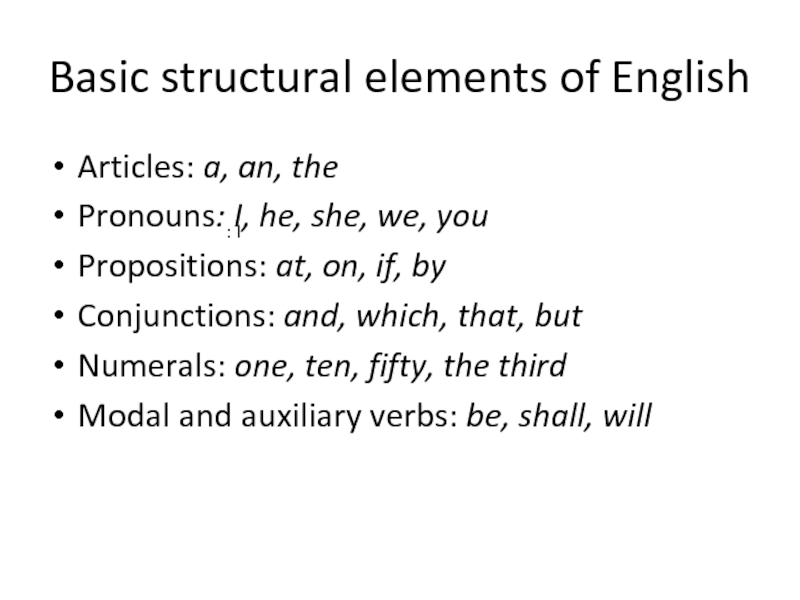

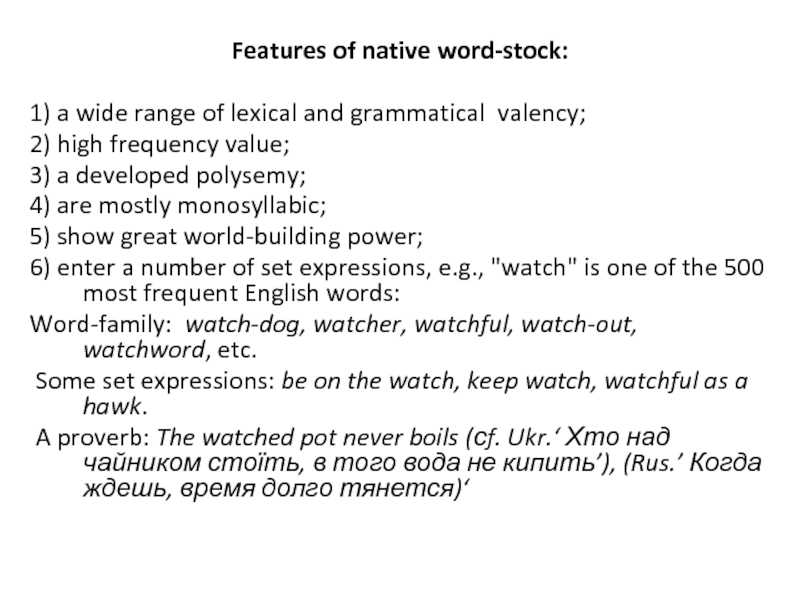
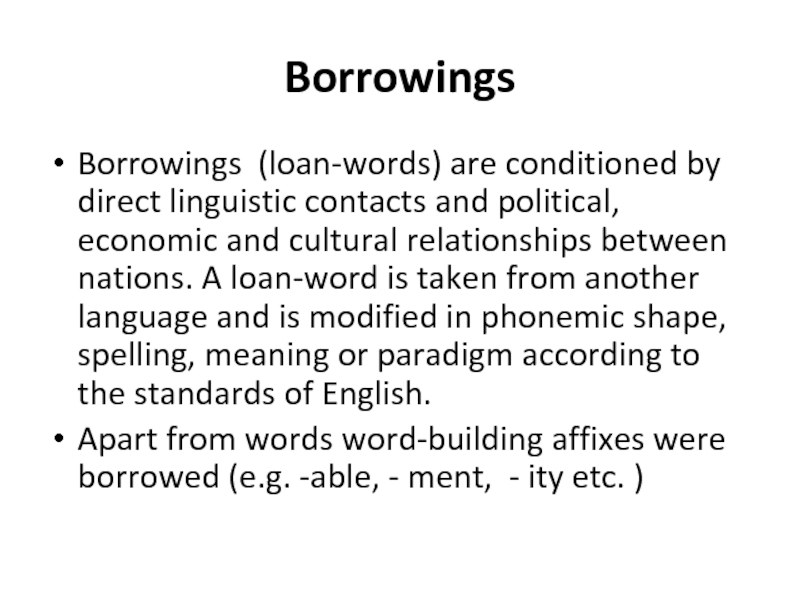
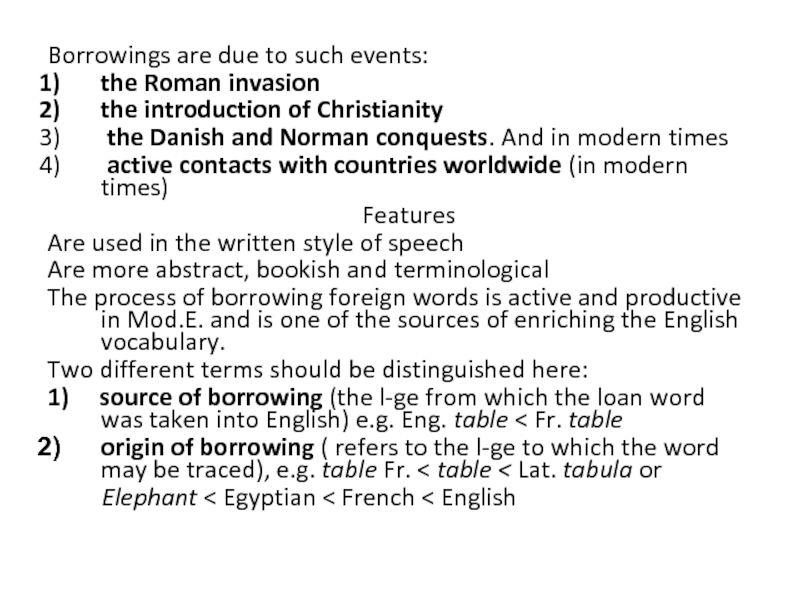
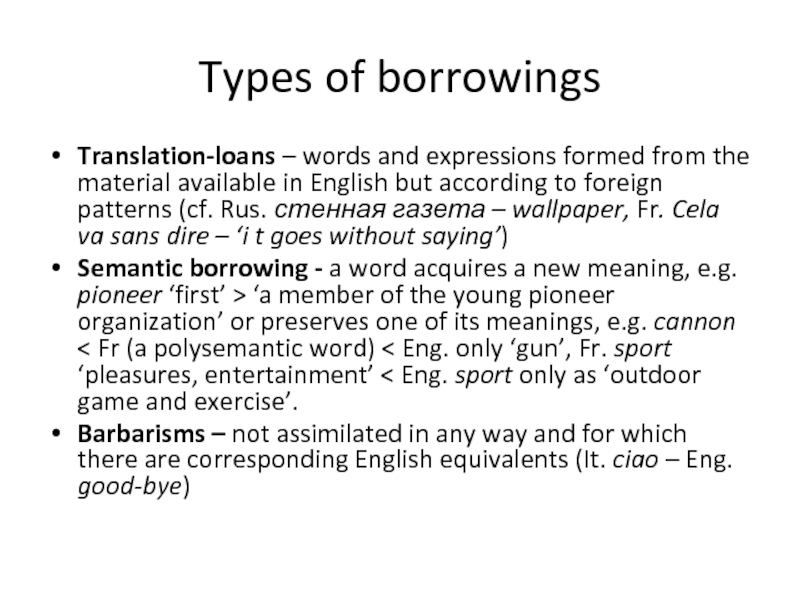
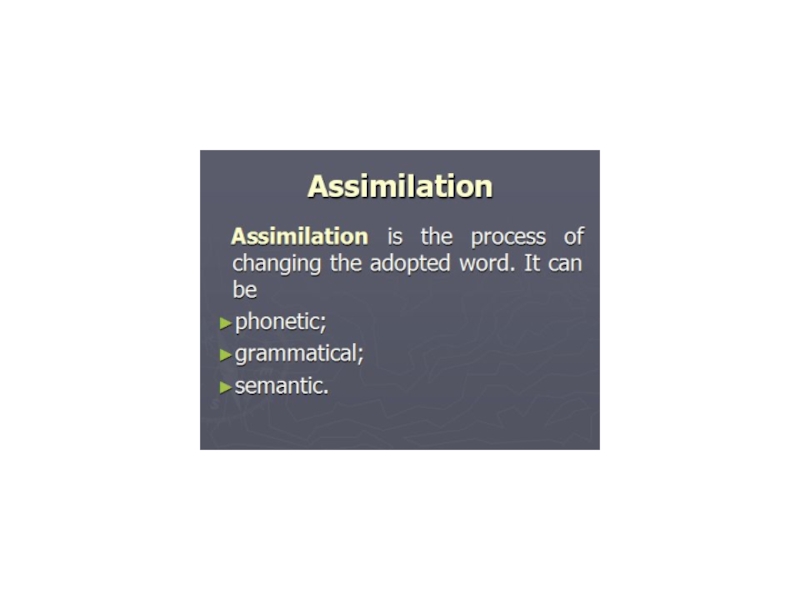

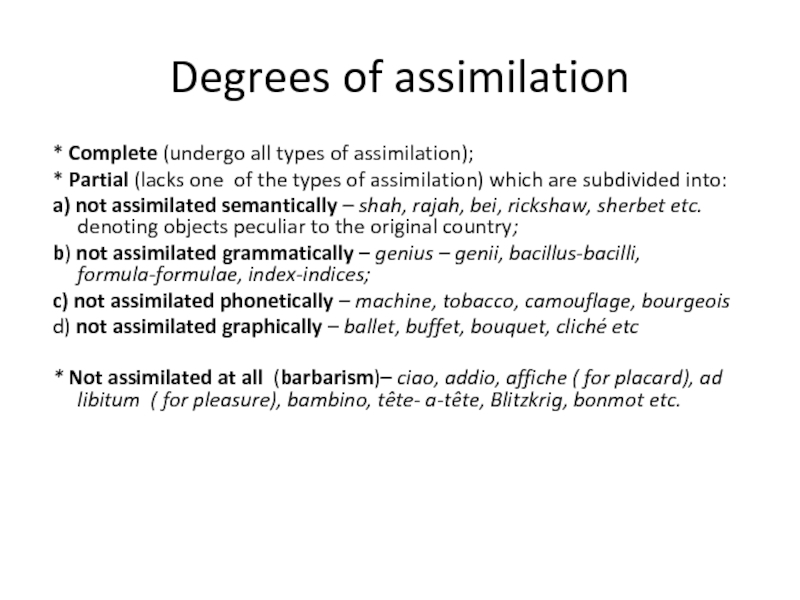
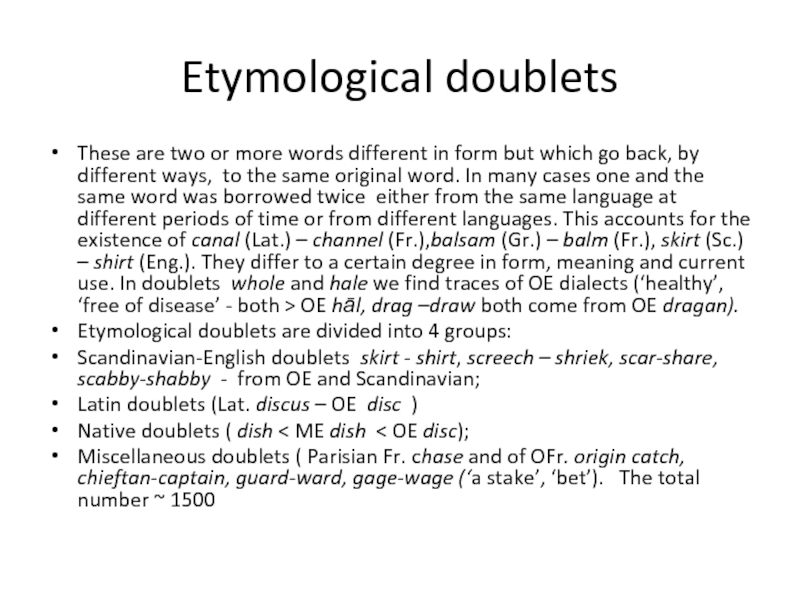
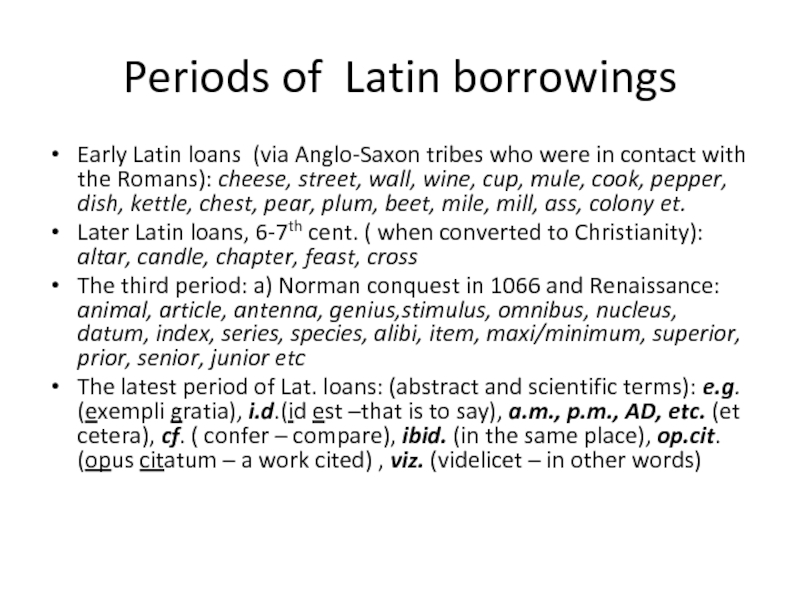
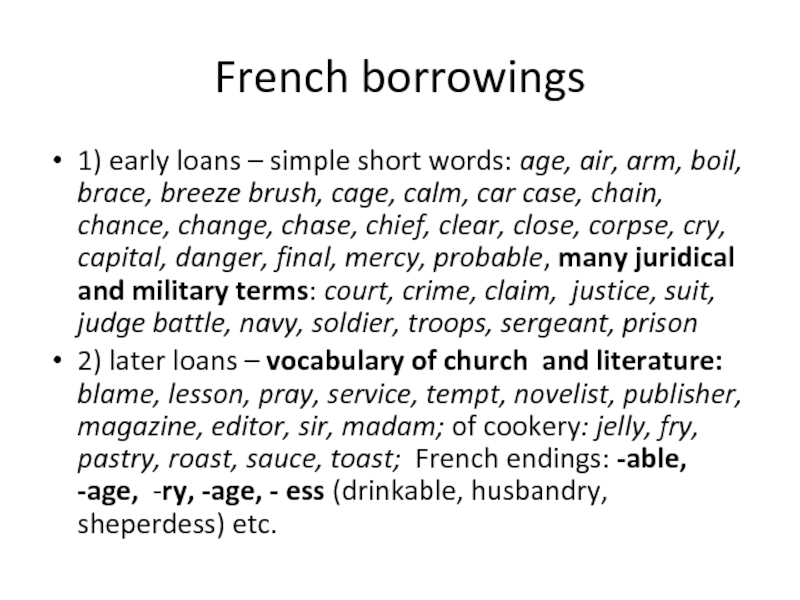
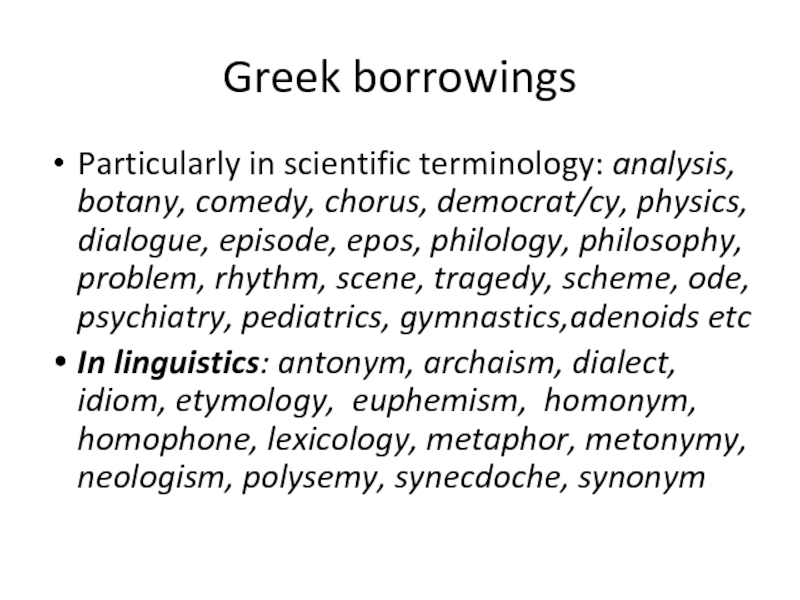
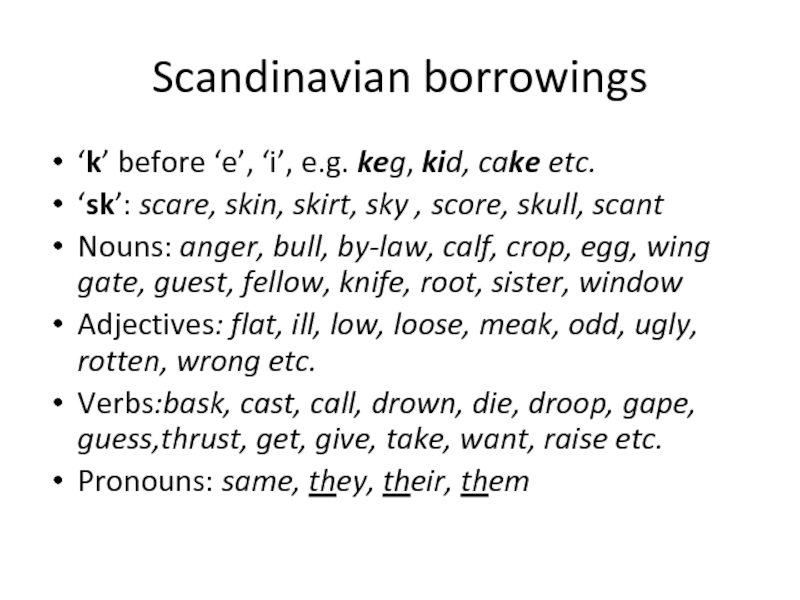

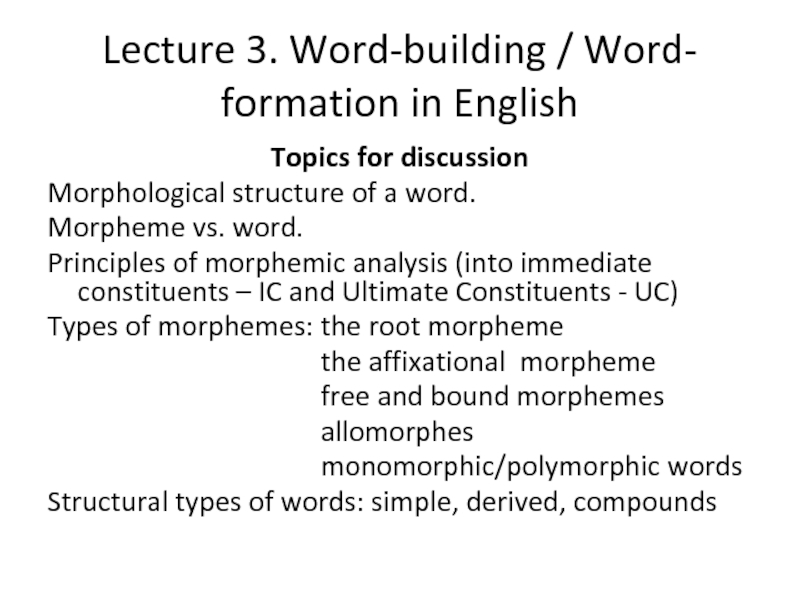
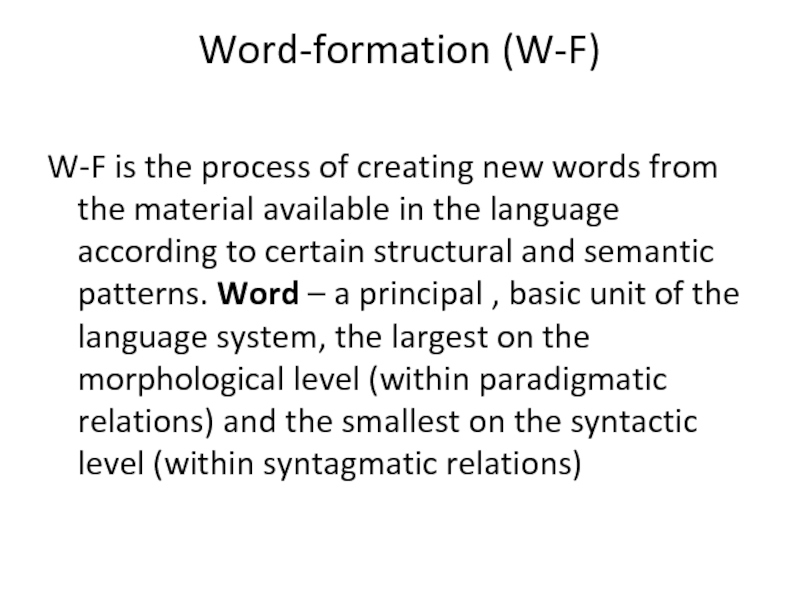
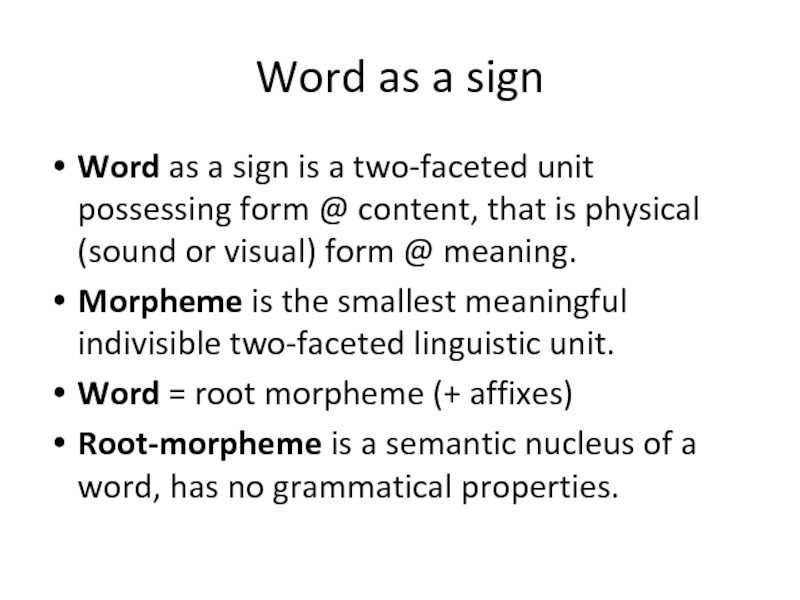
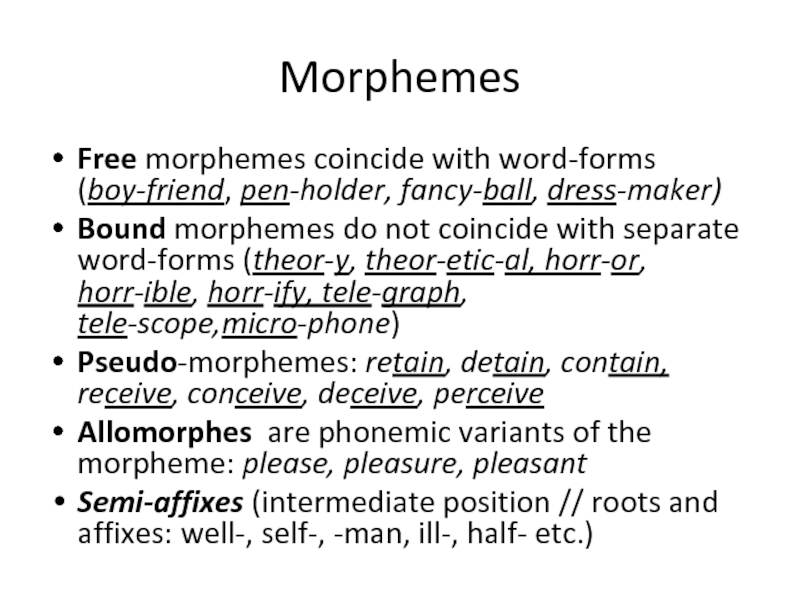
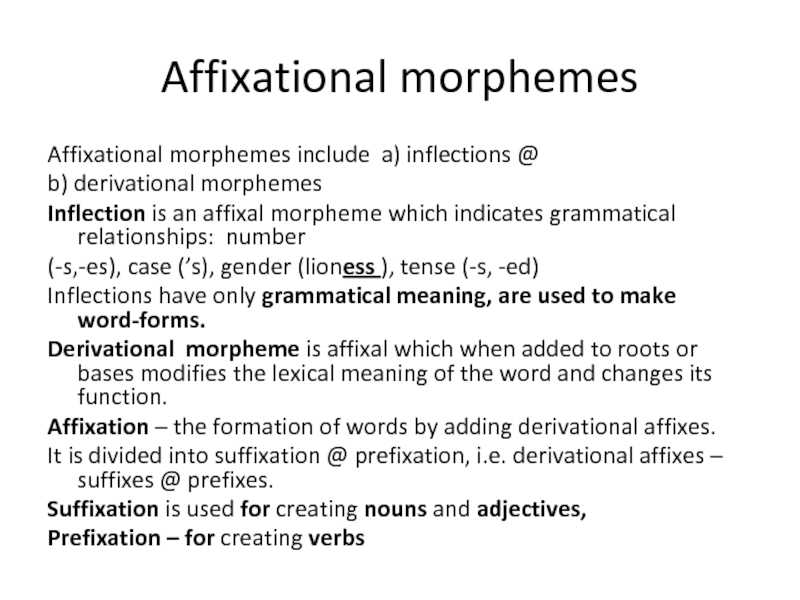
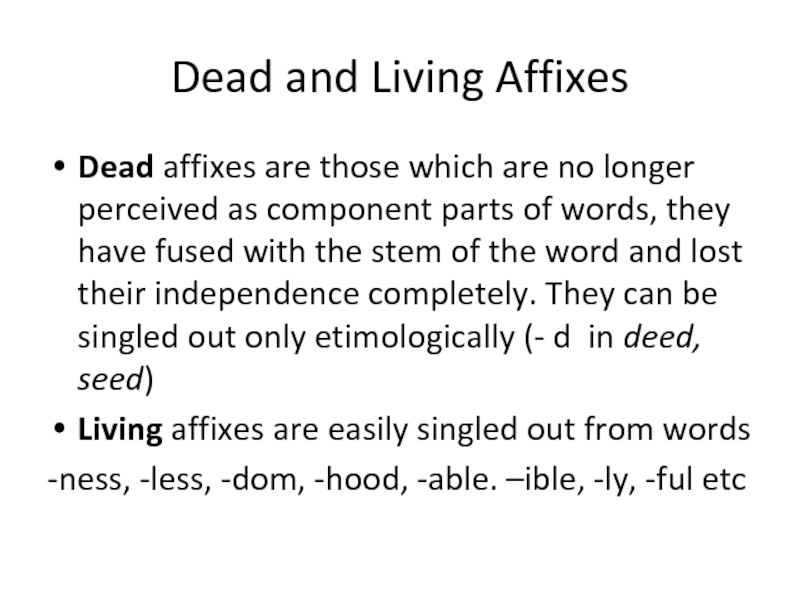
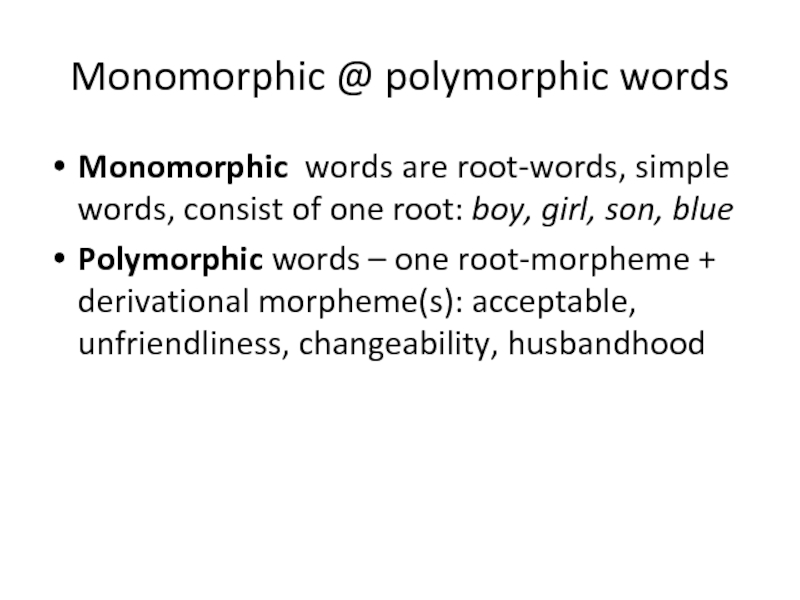




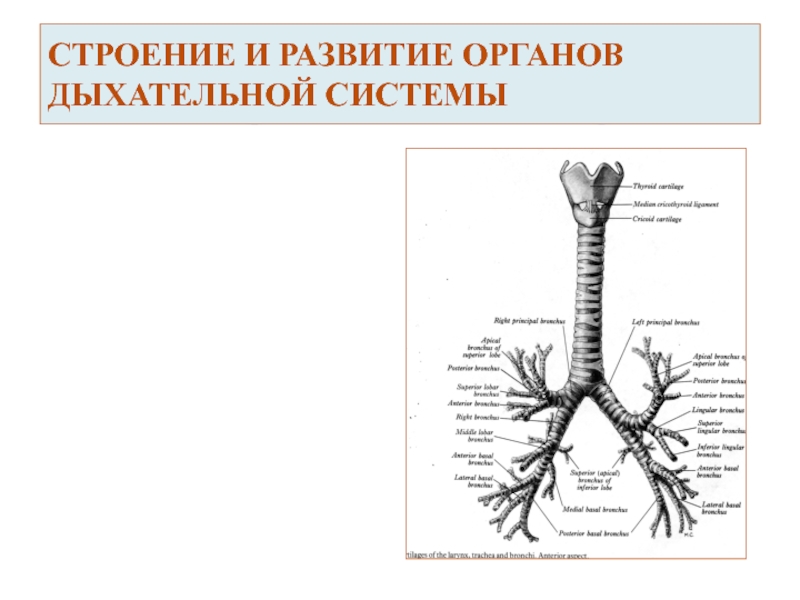




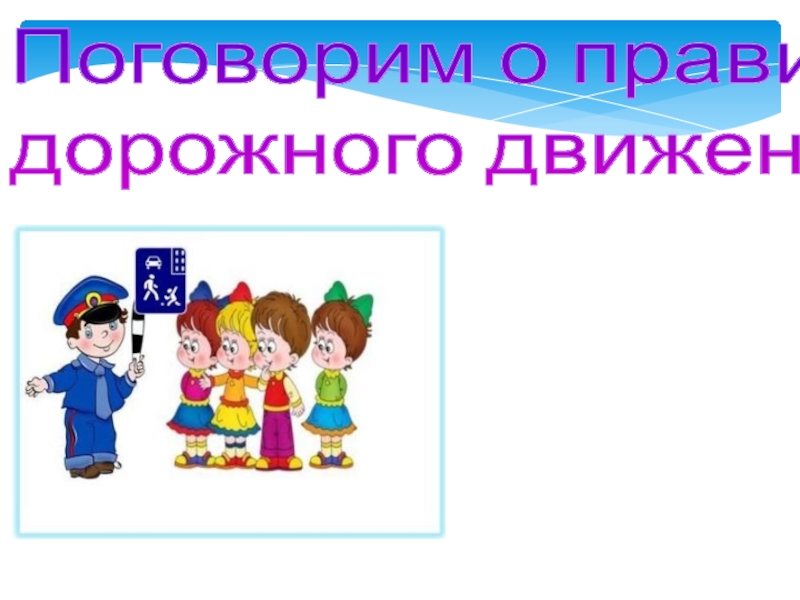
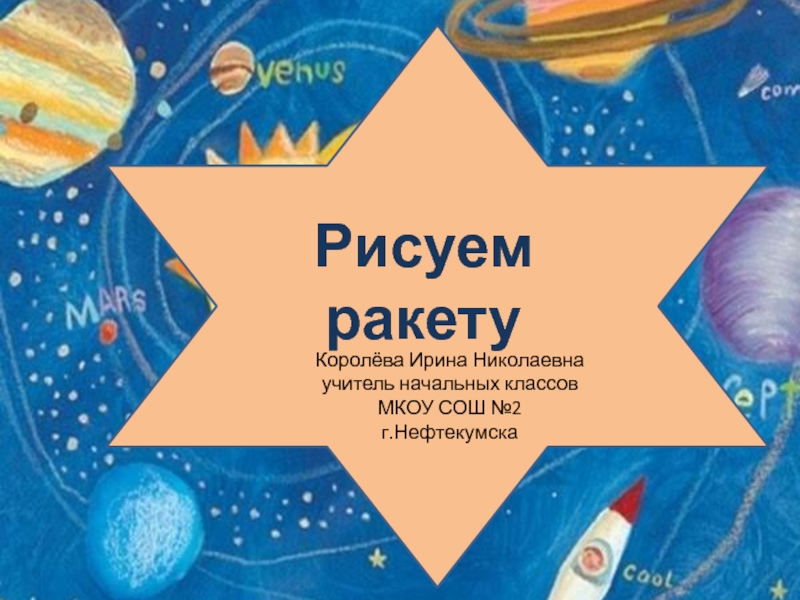

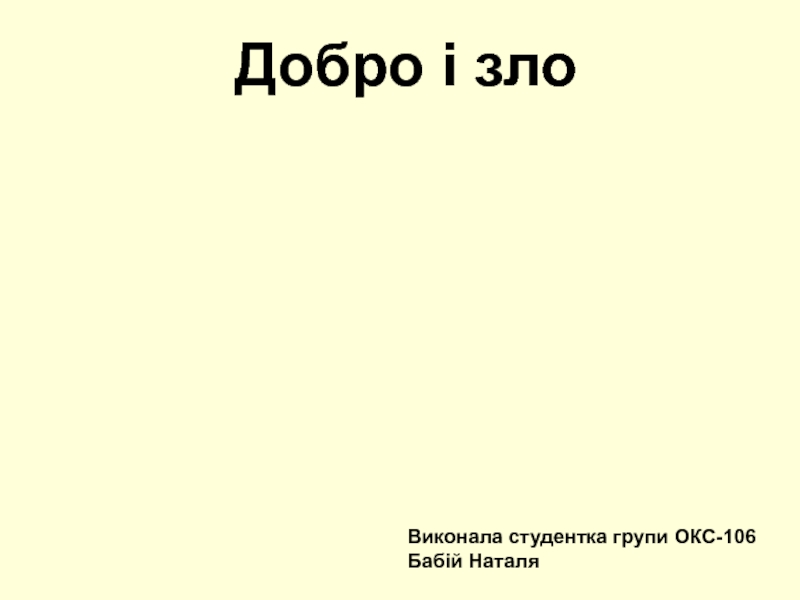

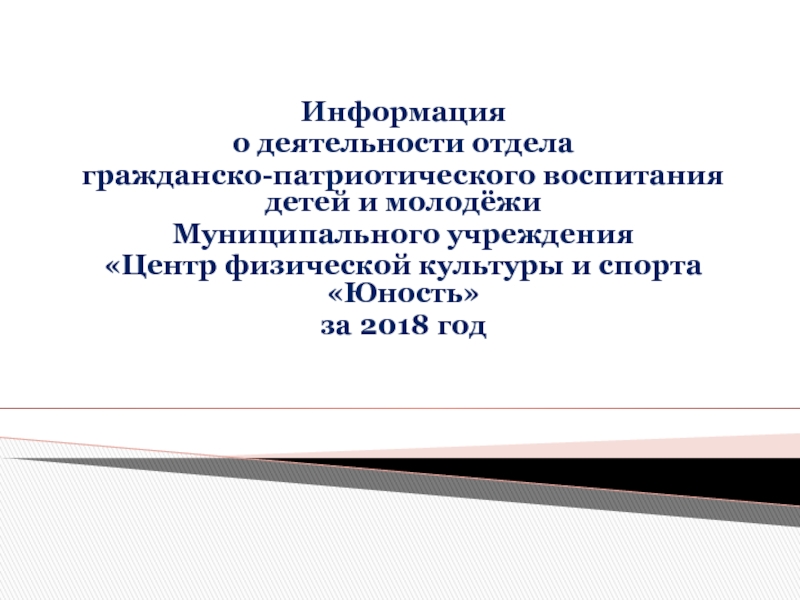
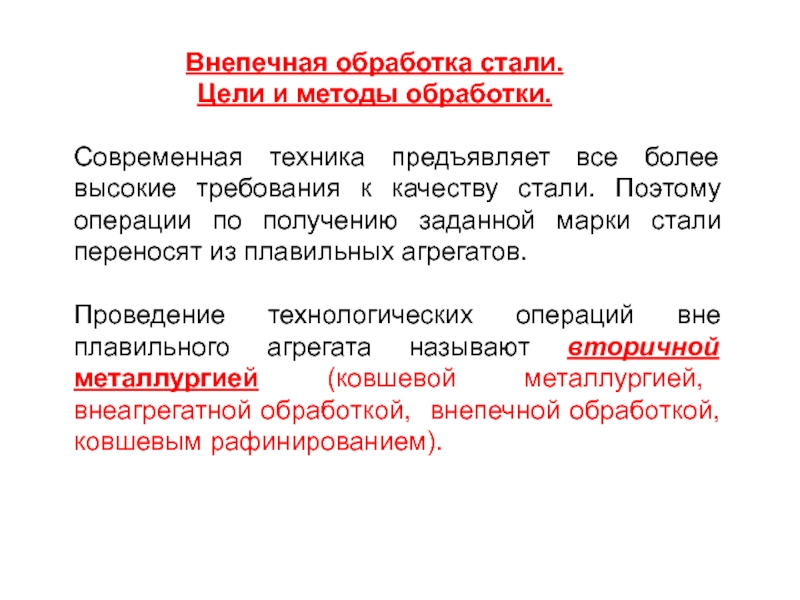
![Автоматизация звука [ Л ]](/img/tmb/7/601245/03269bb5ed0ead6d77861d0a893518b3-800x.jpg)

